Backyard birding has become America’s newest favorite hobby. For some, it’s a rediscovered pastime, while for others, it’s a newfound fascination. Regardless, birding – or birdwatching – provides people with a way to disconnect from technology and connect with nature.
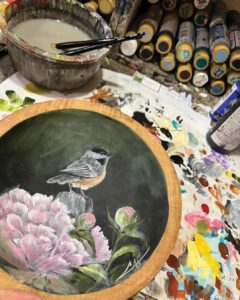
Cindy Schlosser, the artist/owner of Gallery on Market in Downtown Lancaster, is working on a series of her signature wooden bowls that feature a mix of birds and flowers. The Goldfinch (left) is her most recent edition. For more information, visit galleryonmarket.com.
Last spring our gardening journeys recognized that with many people working and learning from home, households were adopting dogs in record numbers. Sharing the yard with Fido brought unexpected challenges for some gardeners, so I addressed those concerns and provided coping strategies.
A year later, with so many people still working from home, I’ve been fielding yet another animal-related question: “How can I attract more birds to my yard? I love seeing them when I look up from my computer screen.” While birds provide a pleasant diversion from work, people are also discovering that birding can bring enjoyment for the whole family, as birds can provide even toddlers with an introduction to the natural world.
How popular has birding become? According to Wild Bird Unlimited’s website, 81 million Americans consider themselves to be backyard birders. That equates to an economic impact. For example, the same company’s website estimates those 81 million backyard birders spend $5 billion annually on seed and wildlife food. The number climbs to $7.6 billion for feeders, birdbaths and other necessities. Who would have thought that “eagle cams” would become “must-see” entertainment? Or, that birding vacations would become a thing?
I can’t think of a more engaging hobby than birding. Birds have held our attention since the dawn of time. As children, we learned that the migration of birds signaled that spring or fall was fast approaching. Watching Geese in their V-shaped formations heading north or south is still mesmerizing.
Spying the first Robin was cause for celebration, as it signaled that spring was soon to arrive. (Native Americans equated the bird’s red breast to the return of the sun’s warmth.) The fact that the birds now stay put could be an indication of how global climate change is affecting their migratory patterns. Now, they join us in enduring the winter weather.
Who doesn’t smile at the sight of a Bluebird? In fact, Bluebird of Happiness Day is celebrated each year on September 24. Bluebirds, which symbolize joy, happiness and good luck, have been the subject of poetry, art, fairy tales and music. Nashville’s famed Bluebird Café is aptly named, as many country-music stars have gotten their starts there.

When buying wire feeders, make certain the metal is strong, as squirrels can destroy weak varieties.
Cardinals are also symbolic – they’ve come to represent hope and joy. Hence, the Cardinal is often depicted on holiday greeting cards and takes the shape of ornaments. Mourning Doves are associated with similar sentiments, as they symbolize love, hope and peace.
Finally, all you need to do is visit Middle Creek Wildlife Management Area in late winter to observe the fascination humans hold for nature. Thousands of people make their way to Middle Creek in late February and early March to observe the incredible sight of Snow Geese and other water fowl stopping over in Lancaster County during their spring migration.
Attracting Birds
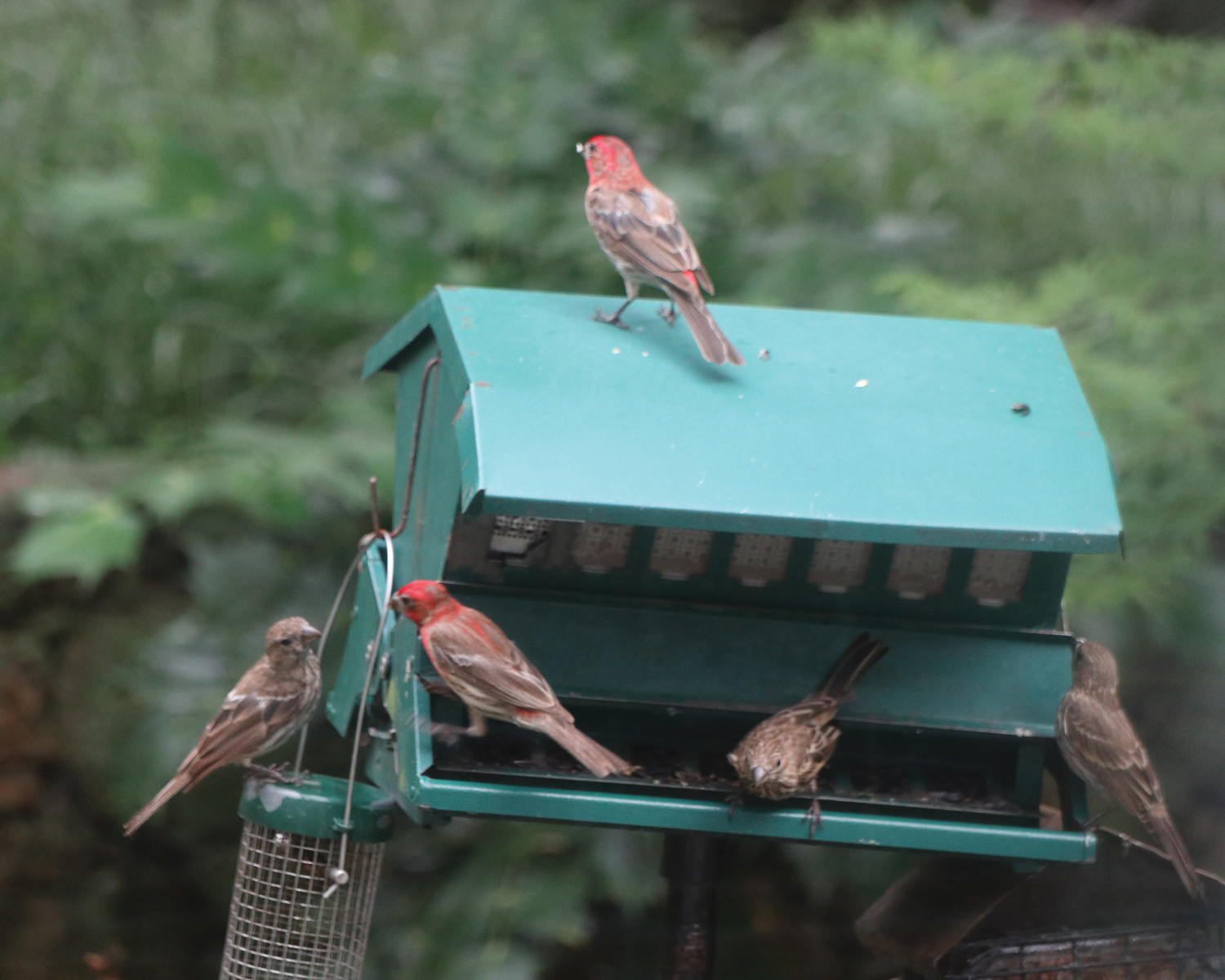
The Original Absolute Bird Feeder from Duncraft is made of metal and does a good job of dissuading visits from squirrels.
The good news is that it’s relatively easy to get started in creating your own little backyard bird sanctuary. Be assured, you don’t have to live in a rural area to connect with this hobby. It is amazing how many birds are found in the least-natural areas of urban development. A great deal of benefit and enjoyment can result from simply providing birds with a tube feeder, a suet holder and a birdbath. After the initial outlay, you’ll need to expect the ongoing cost of feed.
In addition to providing a source of food that they prefer, you’ll also need to supply birds with shelter for nesting and protection, as well as water in all seasons for drinking and bathing. Preferably these necessities would be located within a reasonable distance from one another. In short, you will be providing them with habitat. Preferences will vary from bird to bird.
To start, the home gardener must first learn what birds are likely in the area in order to provide suitable plantings or seeds to attract them. If there is a bird enthusiast in the neighborhood, you have a head start. Keep a bird field guide on hand to begin to learn to identify species you might expect to attract or to identify a new bird that shows up. You will soon learn to look carefully and notice markings. Make notes.
Be aware of your bird’s behavior, which is also a help in identifying your visitor. Do they feed on the ground, on a perch or at a feeder? Sometimes it’s helpful to observe the flight patterns and pay close attention to the bird’s song. With your ID book, you can compare the geographic distribution of species, male and female differences and migratory patterns. On occasion I’ve taken a photo of a new bird and sent it to a friend who is an avid bird watcher to identify.
There might even be a regional bird club. Locally, the Lancaster County Bird Club has been in existence since 1937. It does offer a program for beginners that includes field trips to favorite birding areas. The next such outing is scheduled for April 2, with Riverfront Park in Marietta being the destination. Visit the club’s website, lancasterbirdclub.org, for details about membership, events and the beginner’s program.
Bird-Feeding Stations
Now that you’ve identified the main species that are already in your locality, you are all set to select the seeds that are most attractive and nutritious for them. With the arrival of spring, now is a grand time to get started on establishing feeding stations. The over-wintering birds will have exhausted the local supply of berries and seeds and will soon discover your new feeding station.
Establish a feeding station in a site where you can enjoy watching the birds from inside your house. Be mindful that windows can be a hazard because they reflect the sky and trees, causing birds to fly right into them. In order to avoid a collision, some homeowners put decals on windows or apply a grid pattern with a marker.
Once the birds become accustomed to your handouts, you must be diligent. If your feeder is not refilled regularly, the birds will suffer. By next winter, the birds will have begun to depend on your feeders for food. Should you take a trip or even go away for several days, have someone in the neighborhood fill your feeder.
You want your birds to be healthy. Dirty feeders can spread disease, especially feeders that get wet. I check my wire feeders every week or so. Invariably there are seeds that have filtered to the bottom that get moldy. I use a chopstick to reach the bottom crusts and then rinse the feeder with a diluted bleach solution.
I must emphasize that it is extremely important that you accept the responsibility of cleaning your feeders regularly and keeping the water clean. Illnesses have spread among bird populations from foul feeding stations.
Squirrels and Other Predators
Figuring out how you can protect the feeders from predators is also necessary. Ideally there should be nearby trees and shrubs to provide shelter for your birds when Hawks appear above. Hanging feeders need to be positioned high enough so that foxes and raccoons can’t reach them.
Crafty squirrels are definitely the biggest pests in my feeders and unfortunately are difficult to control. My strategy is to use squirrel baffles on the poles of the feeding stations. They work very well and are a good investment. However, I’ve learned that in a situation where several supporting poles are closer than five or six feet apart, the crafty critters will jump from under the baffle on one pole to above the baffle on the other! But even so, do not position a feeder under a branch, as squirrels can jump onto them easily.
Raccoons have been a particularly annoying pest at my pole feeders. They are able to crawl up and over the squirrel baffle and will empty the feeder. I used a live trap a few times and transplanted the rascals but abandoned that method after catching a skunk! My solution when I spot raccoons is to take the feeders indoors every night and put them out again at sunrise, since raccoons are nocturnal feeders.
Also remember to store your bird feed supply in metal containers to protect it from rodents. Other considerations: Birds like it when trees or shrubs are eight or 10 feet away from feeding stations, which allows them to take cover when predators appear. Pet cats should always be kept indoors for their own safety and health. Period.
Choosing Feeders
There are many design options in feeding stations.
One can provide a simple wooden-platform table feeder on a post or windowsill. These should be four to six feet off the ground. Never put them among shrubbery or under overhanging branches that provide launching pads for squirrels and cats. Table feeders should have a roof to keep the feed dry. Obviously a gusty wind will scatter and waste the seeds.
I prefer metal feeders with a perch design that drops down when a heavier bird like a Blue Jay attempts to feed. While they are advertised as squirrel-proof, I find that the rascals soon figure out they can lean down from the feeder roof and access the seeds without tripping the gate.
My favorite feeder, which can be hung from a tree and is absolutely squirrel proof, is the RollerFeeder (rollerfeeder.com). Granted, these feeders are rather expensive; however, the cost is quickly recovered because there is no wasted food. In fact, I fill mine with the more high-priced sunflower hearts and avoid the messy seed hulls underneath. Goldfinches line up at this feeder. It’s hilarious to watch the squirrels stymied by the clever design.
Cylindrical all-metal hanging wire mesh feeders are ideal for clinging and perching birds and are easily filled and cleaned. Be sure to get one with good-quality wire or the squirrels will chew right through it. Did I mention that squirrels love bird-feeding stations?
If you refill a small feeder on a daily basis, the best time to put out food is just after sunrise, as it is when birds like to refuel.
What Do Birds Like?
Seeds
The categories overlap, but in general the eating habits of birds are either a diet of insects and small organisms or a diet consisting mainly of seeds. In next month’s GJ, I will recommend plants that will attract insects to your garden and provide nectar supply for Hummingbirds. Keep in mind there will be more insect life in your garden if you do not spray pesticides.
Seeds are offered in various “wild bird” mixtures consisting of a variety of seeds, nuts and dried fruits that attract a diversity of birds. Read the labels carefully and don’t go for the cheapest bag, as those mixtures often have contents the birds won’t actually eat. Also, the cheaper mixtures of bird seed have a large percentage of millet. I’ve found that birds will not eat millet and it ends up being scratched away and wasted. Perhaps buy smaller bags until you figure out the preferences of the birds you want to attract.
My experience is that black-oil sunflower seeds are the single-best selection. Once I’ve determined that a feeder is completely squirrel and Blue Jay proof, I buy the more expensive sunflower seed hearts (I put these in my RollerFeeder and there is no waste). The seed covering is allelopathic, meaning that plant growth is inhibited (similar to the well-known effect under a walnut tree).
Some bird enthusiasts report success with supplying chicken feed or cracked corn.
Suet
Essential in winter, but a favorite all year is suet, which serves as one of the best energy sources for birds. It is a solidified mixture of animal fat mixed with seeds. Suet cakes – Royal Wing is a typical brand – are readily available at places like Tractor Supply or bird supply dealers in a standard size for wire-mesh feeders. The wire enclosure prevents large and aggressive birds from taking off with large chunks.
You’ll find DIY recipes for rendering fat and molding suet cakes or baskets online. I’ll warn you that it’s a smelly mess and you’ll never do it a second time!
Grit
Sand and crushed oyster, egg or clam shells will supply calcium and provide the grit for the roughage birds need to digest food.
Water Source
For the birds to actually bathe in a “birdbath” rather than just perch on the side to drink, the construction has to provide a gradual depth – from a very shallow half inch to no more than three inches at the middle. A rough-textured surface is preferable to provide a foothold.
Refilling and cleaning out the birdbath on a regular basis is important. A heater will assure unfrozen water in winter. Look for that old aquarium heater that’s somewhere in the garage and put it to use.
Housing for Your Birds
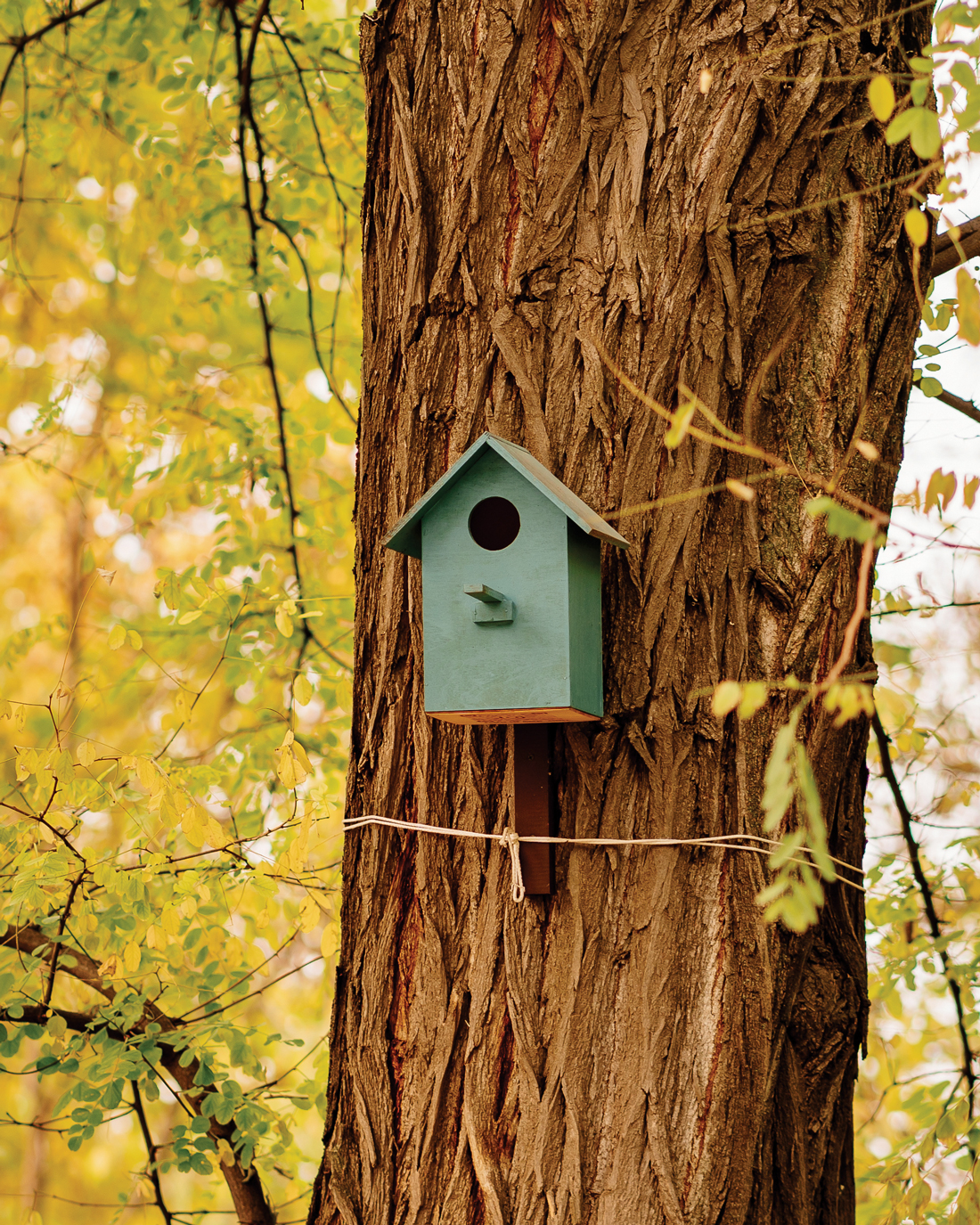
Each species has housing requirements that include the style of house, as well as the diameter of the entrance hole and its height from the floor of the house.
Humans are not the only species experiencing a housing shortage. There is also a housing shortage for the birds, particularly in newly developed areas where woodland has been cut and brush cleared. New gardens take years to be established and sadly, poor choices – with no benefit for wildlife – are often made when planting. Plus, suburban gardens are habitually overly manicured. Hence, it’s become important to make housing available to our feathered friends.
While birdhouses do not have to be elaborate, there are certain building “codes” to ensure they will be occupied. The boxes need to be a certain size, while the holes need to be a certain height from the floor and a particular diameter. Once you decide what birds you’d like to attract to your garden, easy building plans or examples of appropriate houses are readily available on the web.
We might like brightly painted, artsy-looking birdhouses as garden ornaments, but they should be as similar as possible to a specie’s natural nesting place. Choose those with natural wood or stain on the outside or materials mimicking settings like tree bark or dense reeds. The diameter of the entrance will be determined by the size of the bird you are wanting to attract. A large hole is an invitation to a predator.
Secure construction is important to provide protection from wind and rain. Rot-resistant wood will provide housing for many generations of birds. Bald cypress (Taxodium) is especially desirable. Often one can get inexpensive short-end cuttings of hardwoods – ideal for building a bird box – that would otherwise be ground into mulch from a sawmill.
Always put the rough side of the wood on the inside of the house, as it provides footing for the fledging to get out of the nest. Use rustproof hinges and hardware to make one wall removable so that the house can be easily cleaned annually in early spring. Position the back of the birdhouse to the prevailing wind.
Information on designs favored by specific species is readily available online. What varies, for instance among common birds like Bluebirds, Swallows, Flycatchers, Robins, Phoebes, Wrens, Chickadees, Nuthatches and Flickers, will be the height of the hole above the floor, the hole’s diameter, the depth of cavity and the height above the ground.
I recommend Cornell Ornithology’s website for reliable information about selecting or building houses your birds will actually use: nestwatch.org/learn/all-about-birdhouses.
Of course, not all birds use houses. Swallows make their nests on open ledges, often under the eaves of outbuildings. Many birds prefer nesting in tree holes. An example is the Eastern Bluebird. They like to nest in cavities in old trees, either natural cavities or old Woodpecker holes in dead trees. Readers with wooded areas should not always rush to remove dead trees that aren’t a risk to property.
Birds of a Feather …
I have had all of the following species at my feeders and am listing them from more to less common. Rest assured, most insect-eaters appreciate suet and the seed-eaters will check out all sorts of commercial seed mixtures. Be prepared to start your birding journal soon after you put the first feed out!
Northern Cardinal: This bird is ubiquitous in our area and feeds on insects, seeds (especially sunflower), fruits and grains. It nests in trees.
Black-capped Chickadee: This bird will readily use a nest box and favors suet, sunflower seeds, peanut butter and insects. It’s fun to watch them take a single black-oil sunflower seed to a favorite branch, place it between their feet and pound it open with their bills.
Tufted Titmouse: This bird also picks up its favorite food and retreats to a sheltered spot on a nearby tree. Its diet consists of suet, sunflower seeds, raisins, insects in summer and shrub fruits and pine seeds in fall. It’s known to cache seeds and nuts in crevices of bark. It’s a cavity nester.
White-breasted Nuthatch: This bird will dart up the trunk of a tree and, just as easily, turn around and scamper down head first, aided by its sharp, curved claws. It easily finds hidden insects. At the feeder they love suet, sunflower seeds and peanut butter. They also seek out nutmeats and shrub fruits (elderberries, mountain ash, Virginia creeper and raspberries). It prefers to nest in tree cavities but will use a nest box.
Slate-colored Junco: Abundant in this area, they are often called “snowbirds” because they show up just as winter sets in. They will gather under your feeders to scratch for the seeds kicked off by the Chickadees and Nuthatches. Scatter sunflower seeds, grains and nutmeats on the ground for them. Or, plant tall amaranths, which will hold their seeds high above snow cover.
Mourning Dove: They are present year-round and are tree nesters and ground feeders that favor sunflower seeds and cracked corn.
Woodpecker (including Flickers): These much-loved winter visitors perch and forage in trees for insects and insect egg larvae. They also love berried shrubs, suet and peanut butter. They will straight away find your suet feeders and return multiple times every day. For use in a wire feeder, Lyric makes a terrific Woodpecker mix (lyricbirdfood.com). They generally excavate their own tree cavity but will use a nest box.
Goldfinch: They love seeds in flower heads, especially sunflowers and dandelions. A weedy spot is a buffet for them! At feeders they favor seed mixtures. There are often several Goldfinches at the RollerFeeder and others waiting close by. They are resident year-round. Remember, the male changes his bright-yellow and black summer plumage to duller, faded olive in winter.
Blue Jay: This bird will eat acorns, sunflower seeds, corn and even small mammals, snakes and frogs. They are noisy, aggressive and are known to rob nests of eggs. Don’t encourage them!
House Wren: My favorite bird! I can count on Mr. Wren to arrive April 14 every year to stake out his territory. While he will nest in odd nooks and crannies, I make certain I will enjoy his cheerful persistent songs nearby through providing a simple nesting box with a hole no more than 1.25 inches in diameter (such ready-made boxes are widely available). Wrens don’t care whether it is hanging from a tree or securely nailed to a pole. They prefer insects exclusively and are great for controlling insect pests. They are recognizable for their upright stubby tails.
Gray Catbird: This bird loves thick brushy areas and tangles, as well as low-growing shrubs where they uncover insects, spiders, berries and fruit.
Mockingbird: This bird also likes to nest in shrubbery. It scavenges for insects and caterpillars in warm season, and fruits and berries in winter. At feeders, they favor dried fruits, nutmeats and raisins. They are often pushy.
Rufous-sided Towhee: This bird is a ground feeder and nester. Don’t expect this chap to stop by if you have a highly maintained landscape. They love tangled thickets and dead leaves full of insects, fallen seeds and berries.
Eastern Phoebe: A migrant that returns early to our area, this bird catches insects in flight, builds nests of mud with grass, leaves, hair and feathers often under a bridge or beam. Provide it with suet.
Baltimore Oriole: A large bird displaying a brilliant flash of black and orange, it likes to rummage in the canopies of trees for insects, grasshoppers, spiders and caterpillars. It will also be attracted by nutmeats and berries; it especially likes apple and orange halves. They build their nests that hang from the ends of branches in a framework that looks like a long open bag.
Brown-headed Cowbird: You can only hope that this parasitic bird does not appear near your garden.
Cedar Waxwing: This bird eats berries from Eastern red-cedar trees (of course, it’s not a cedar nor are they berries), but in spring and summer it favors insects, beetles and crickets. There’s a chance of attracting them to your feeder with pieces of raw apple and raisins.
Sources
Reading
What It’s Like to Be a Bird: From Flying to Nesting, Eating to Singing – What Birds Are Doing, and Why
David Allen Sibley 2020 (Sibley Guides)
Knopf ISBN-10 0307957896 ISBN-13 978-0307957894
Feeders/Nest Boxes/Seed Mixtures
Wild Bird Superstore, duncraft.com
Wild Birds Unlimited, wbu.com
Lyric Bird Seed, lyricbirdfood.com
Web Information Sources
American Birding Association, aba.org
Cornell Laboratory of Ornithology, birds.cornell.edu
National Audubon Society, audubon.org
North American Bluebird Society, nabluebirdsociety.org
Purple Martin Conservation Association, purplemartin.org





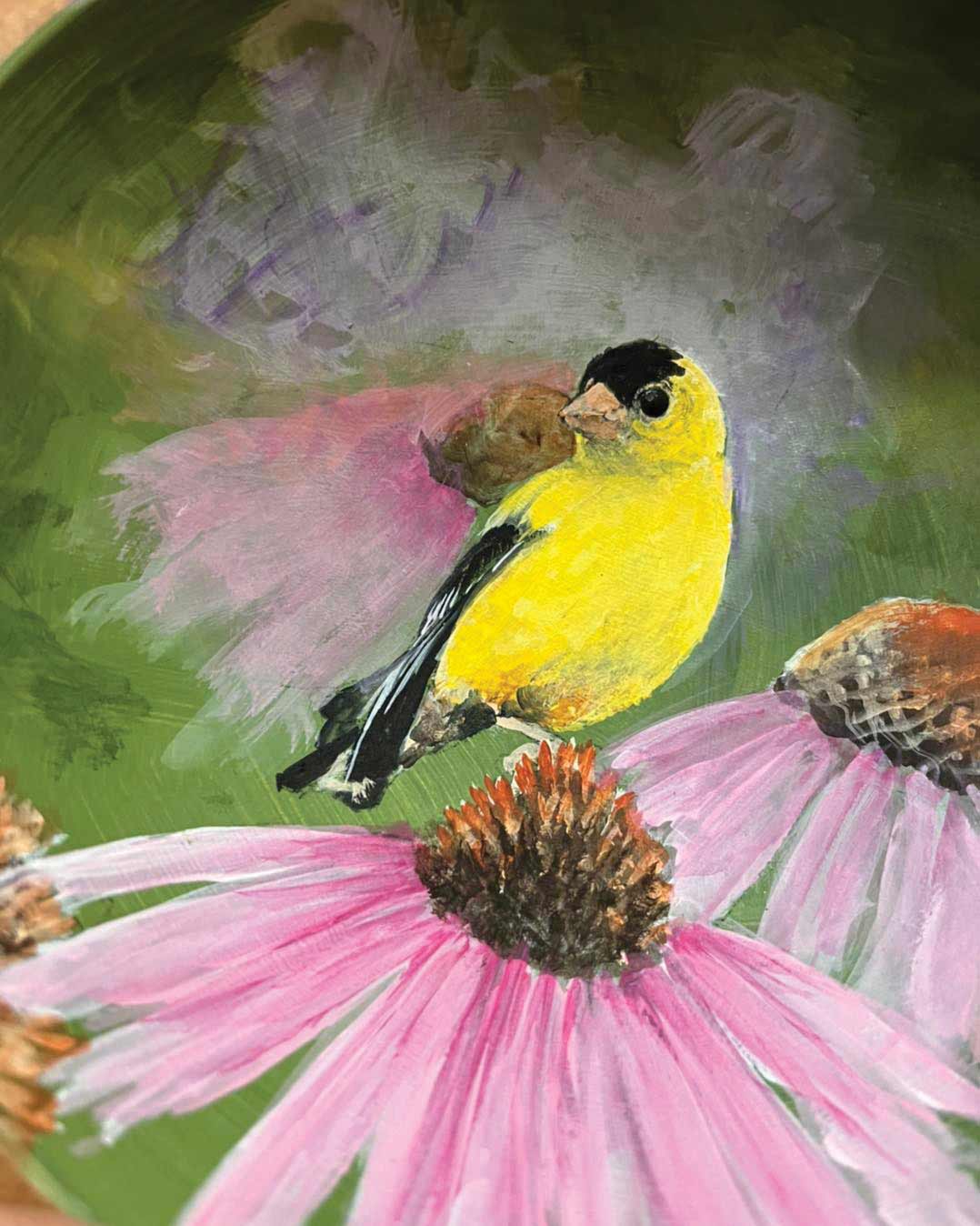
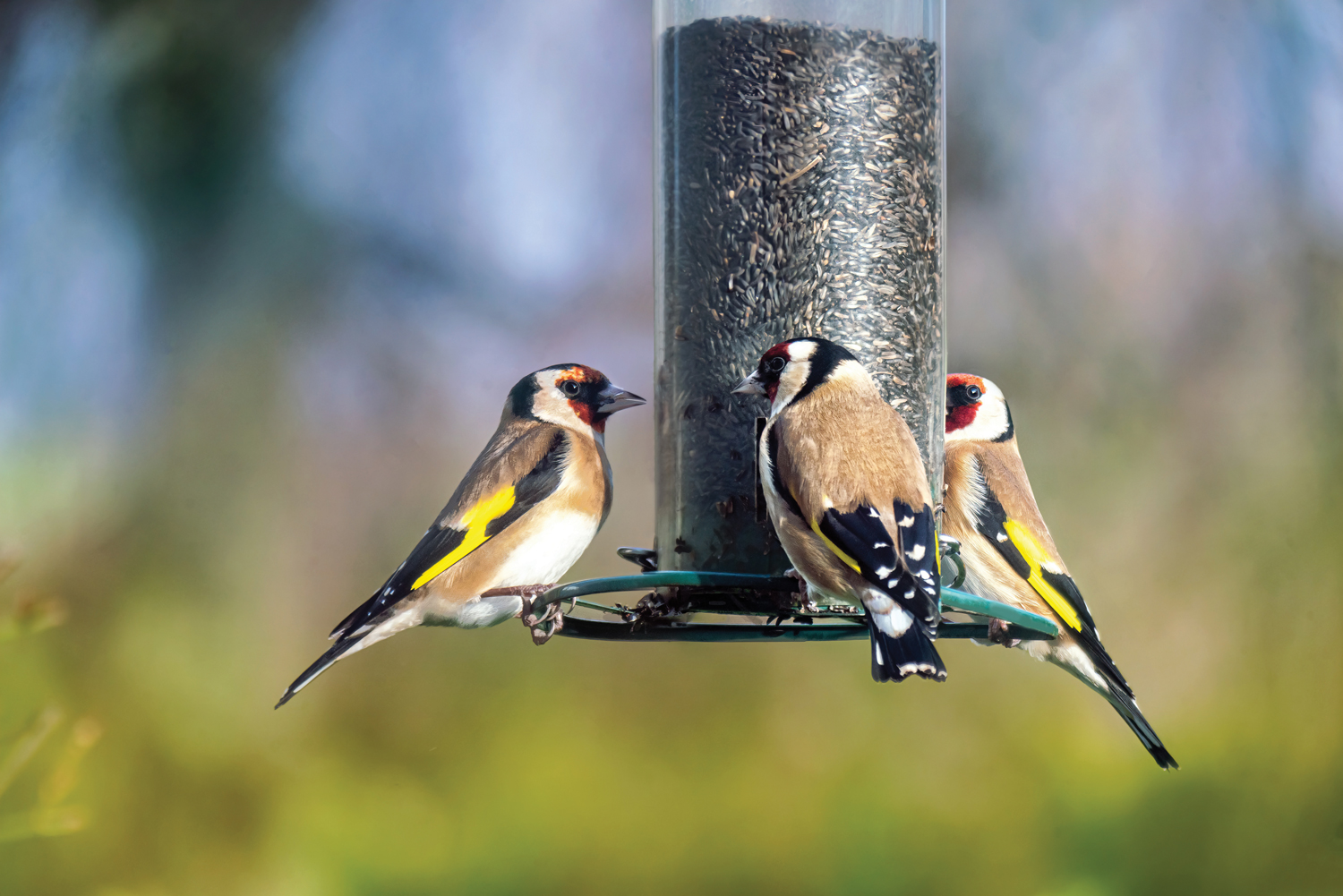

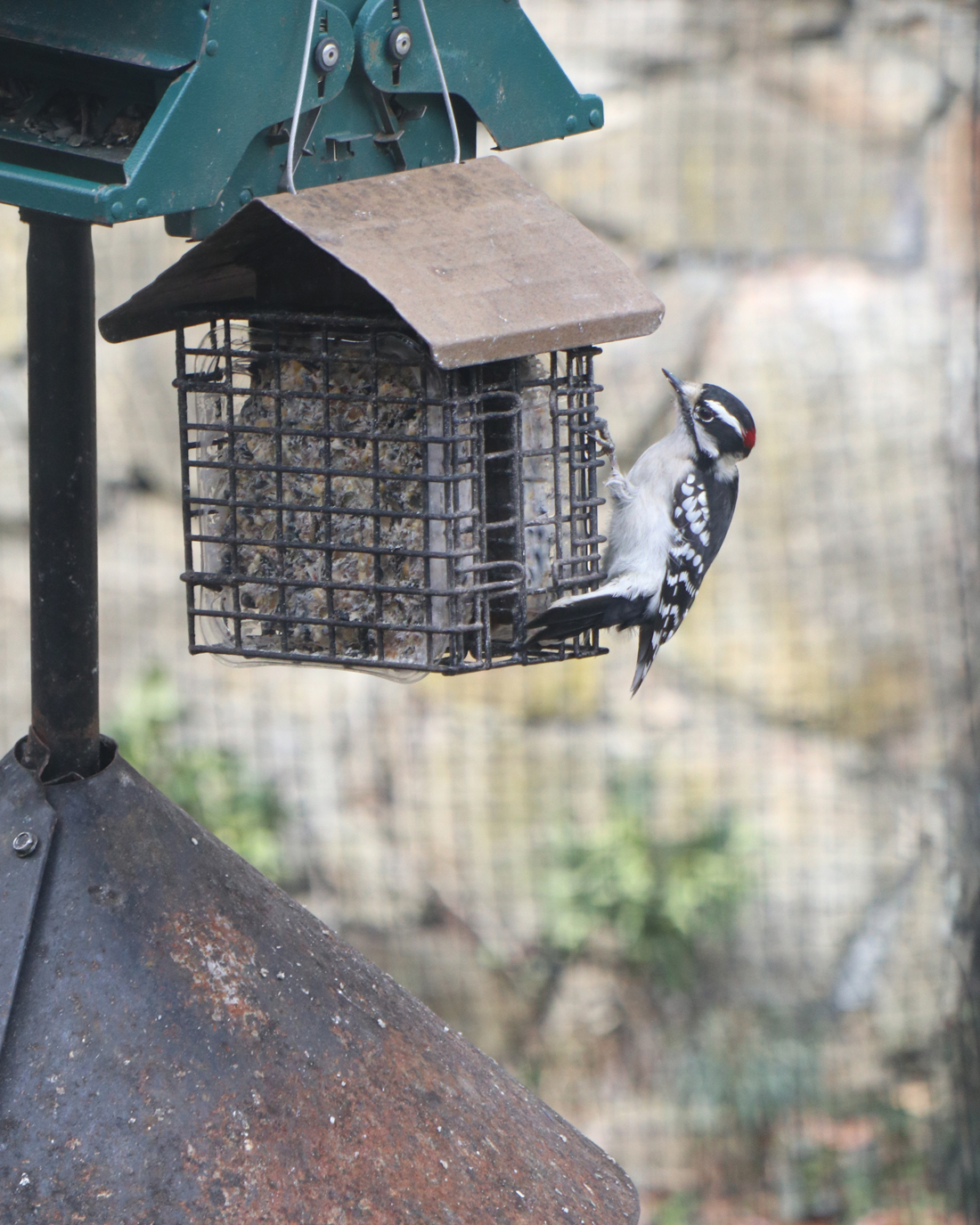

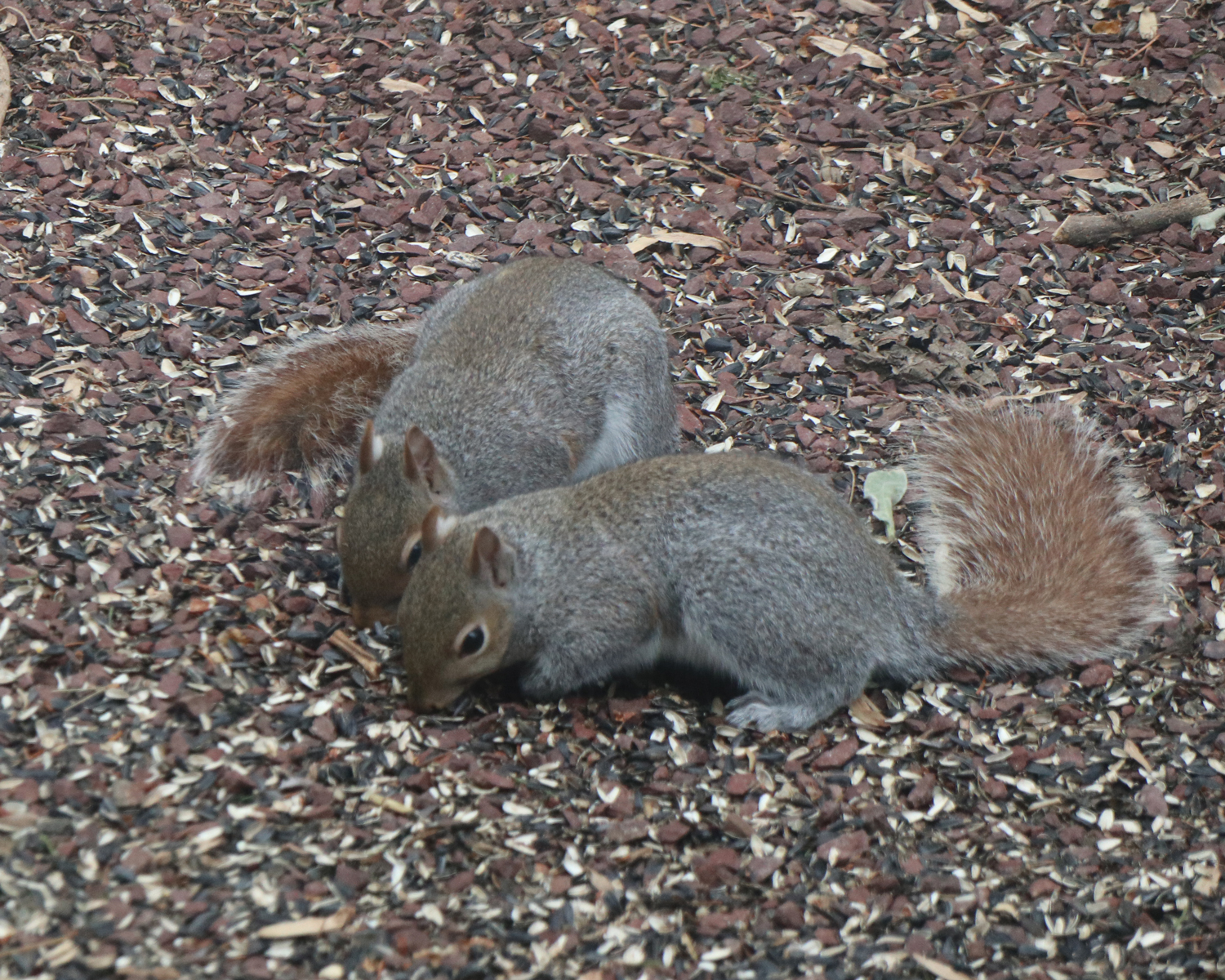
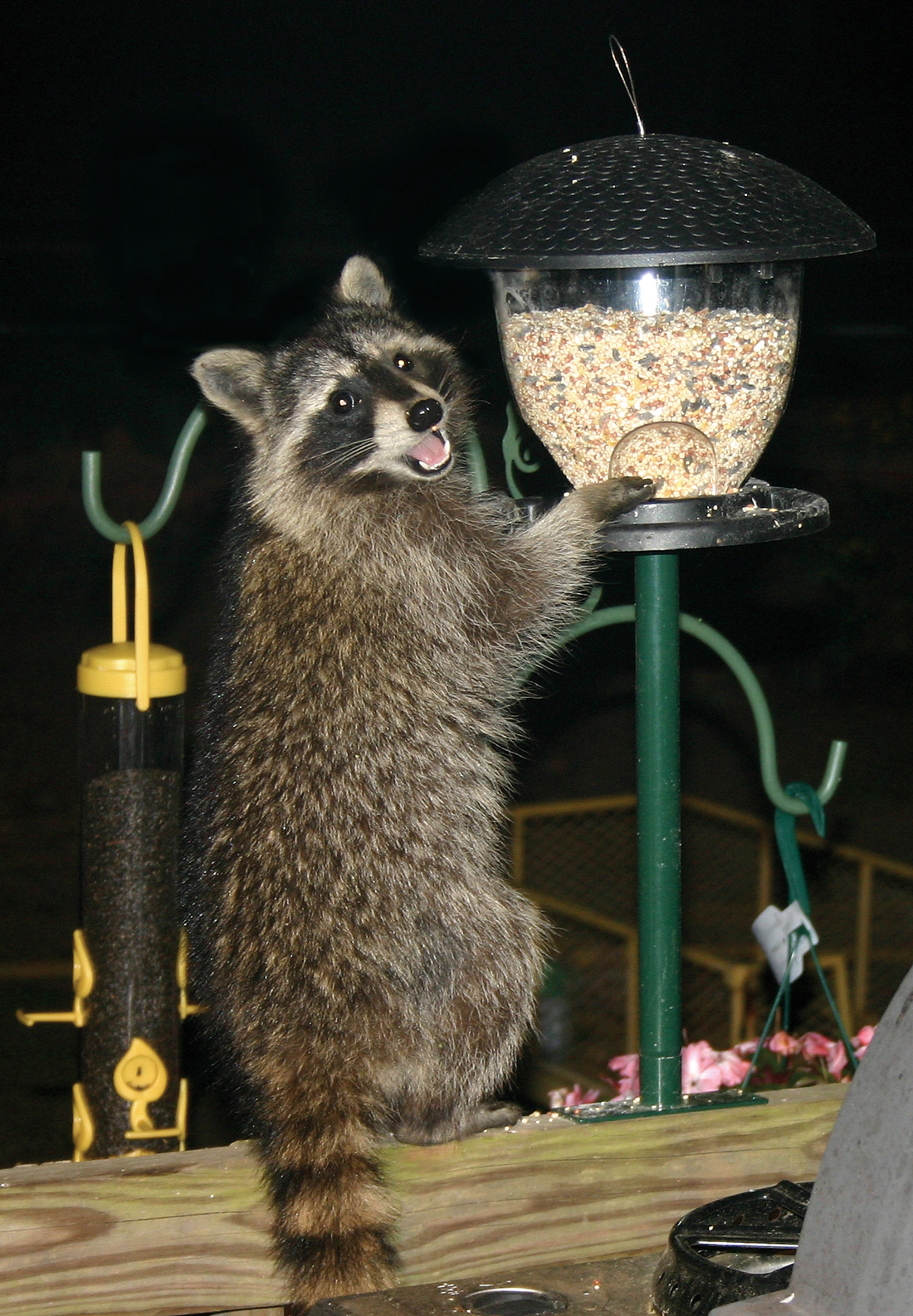
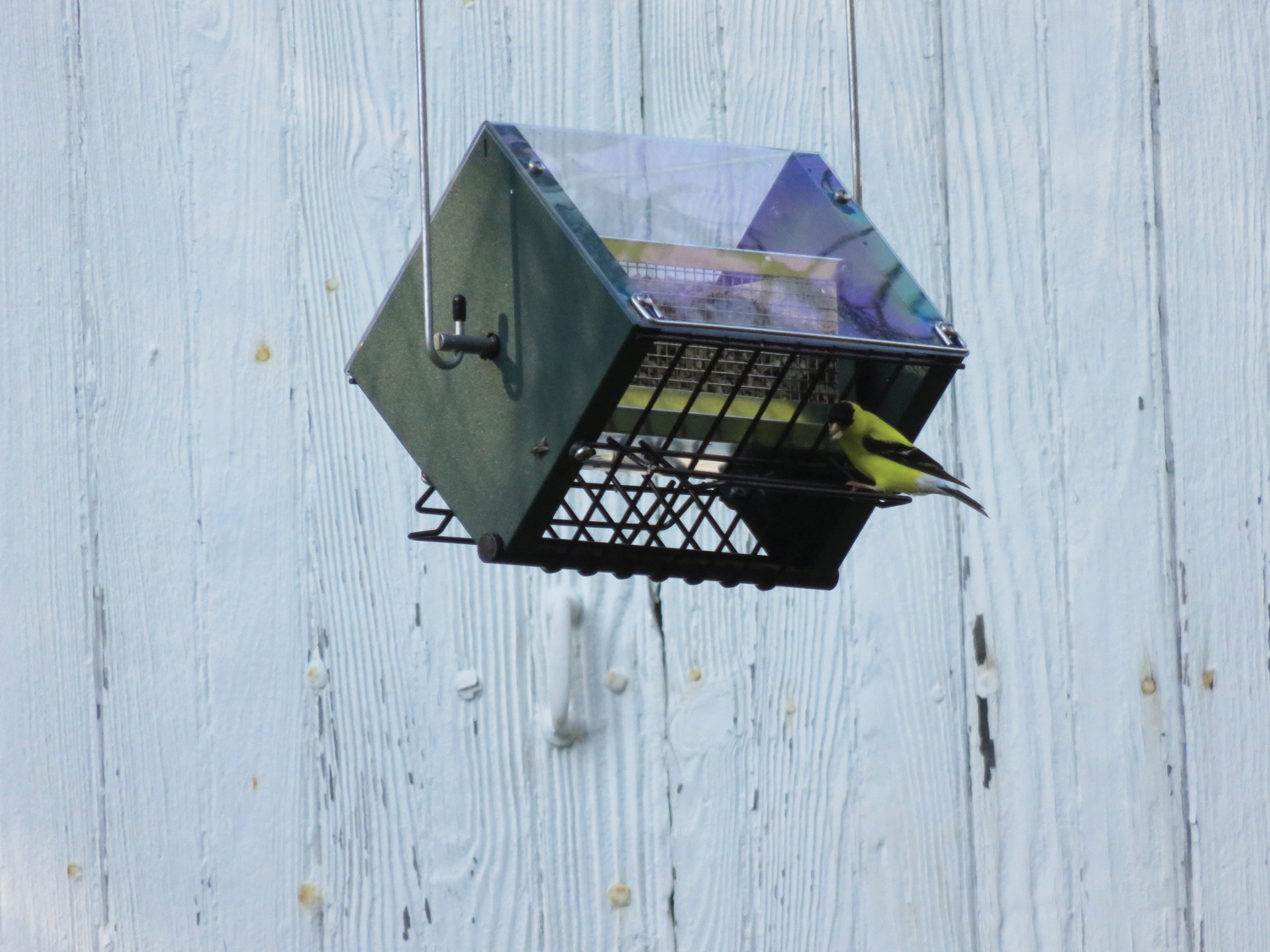
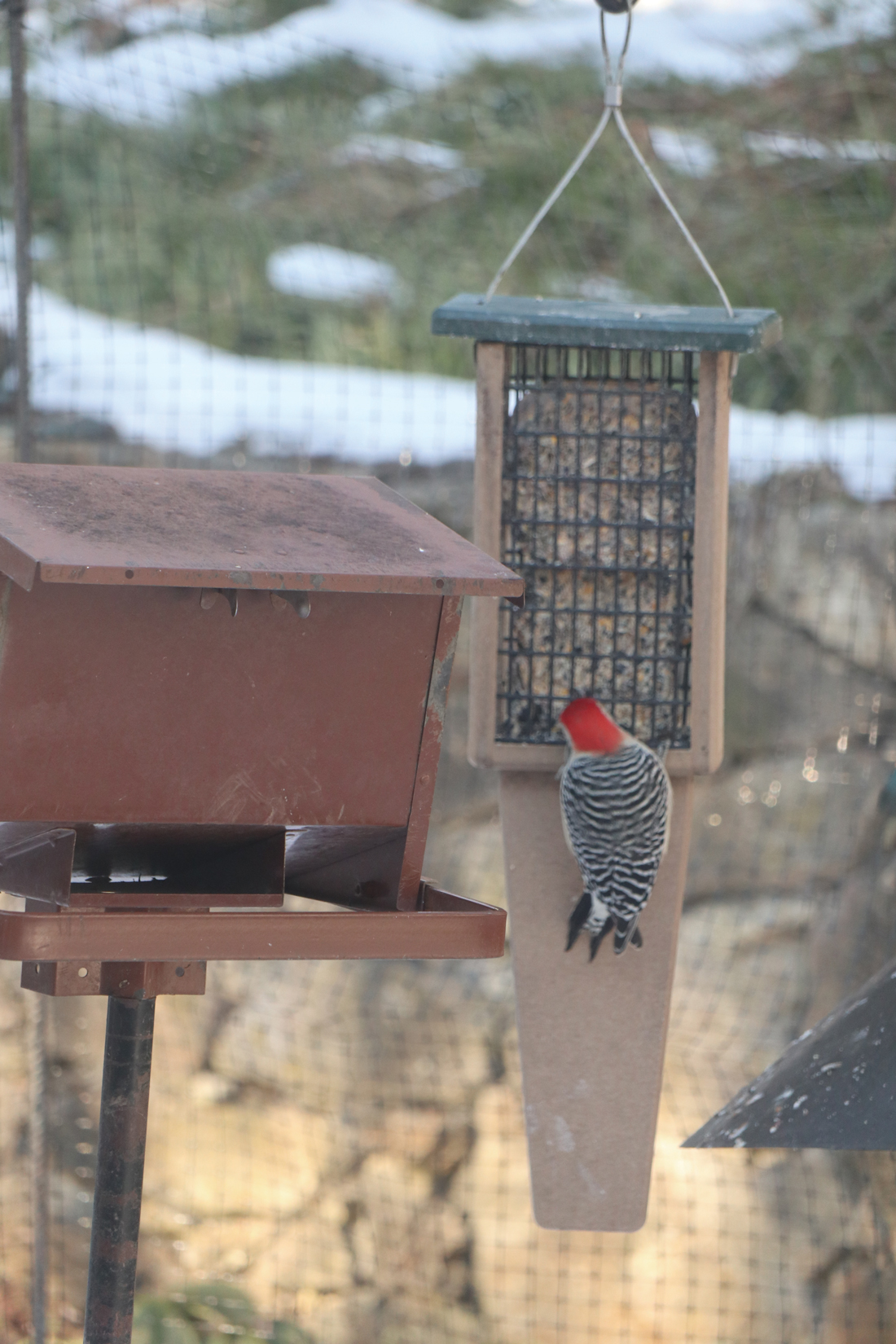
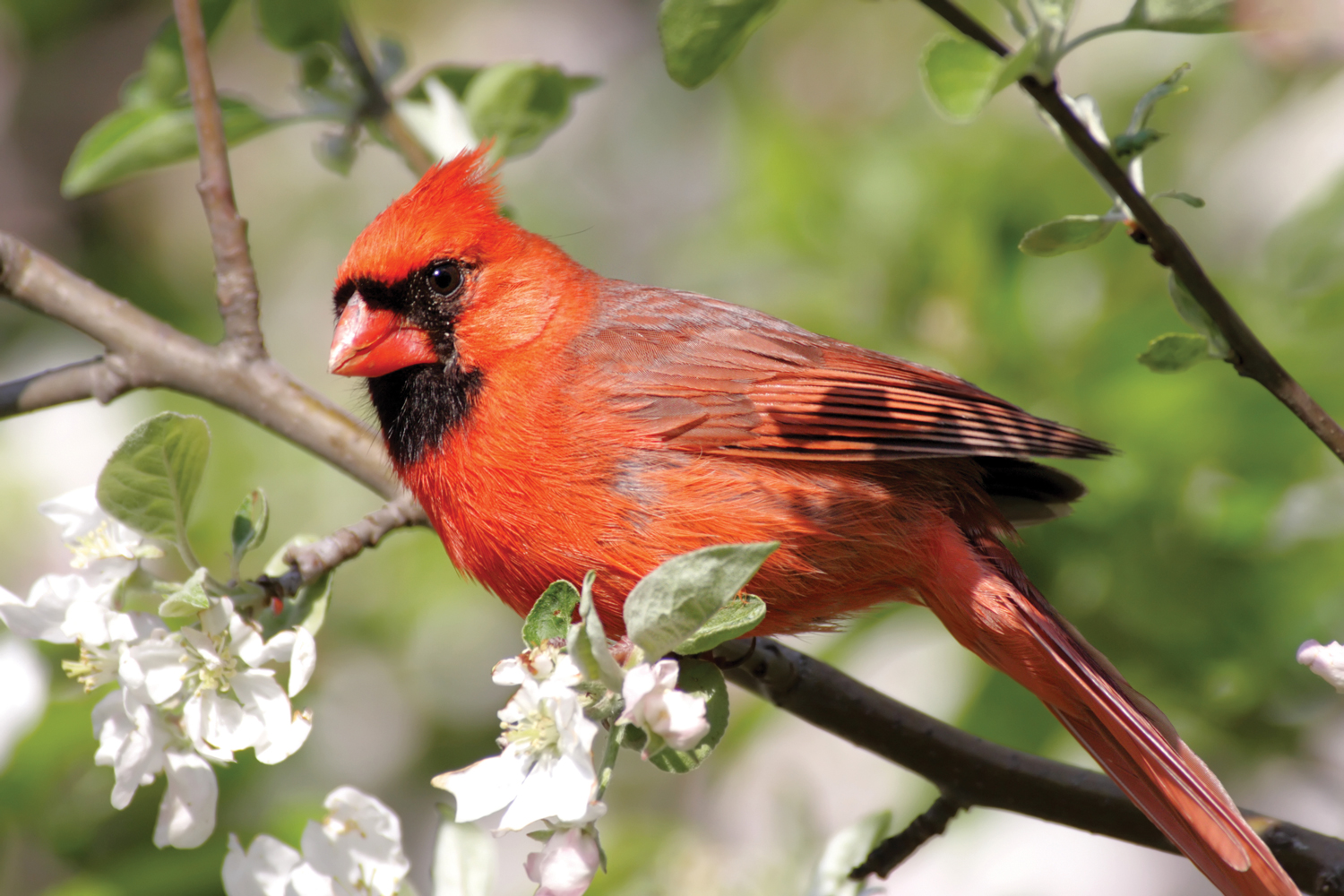
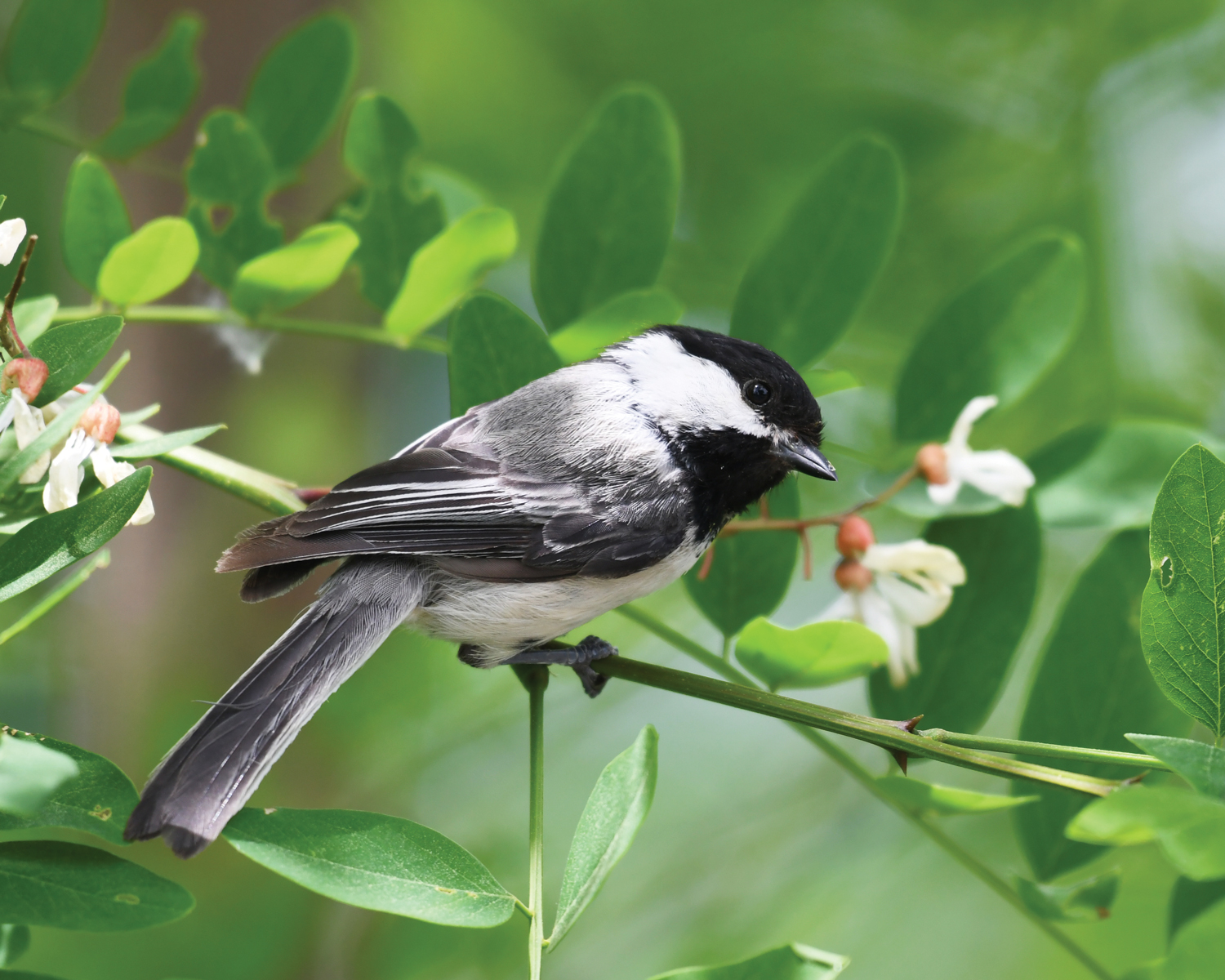
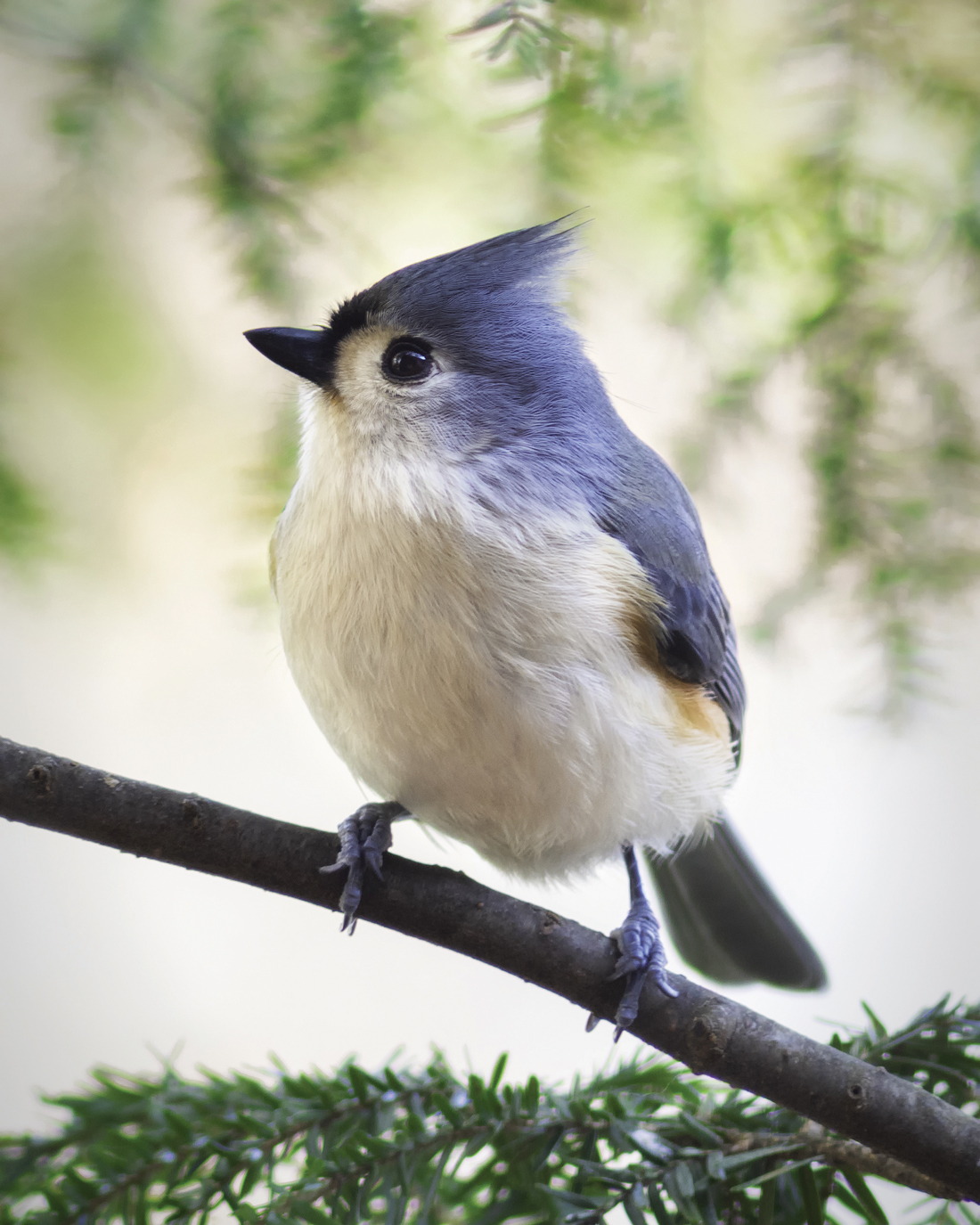
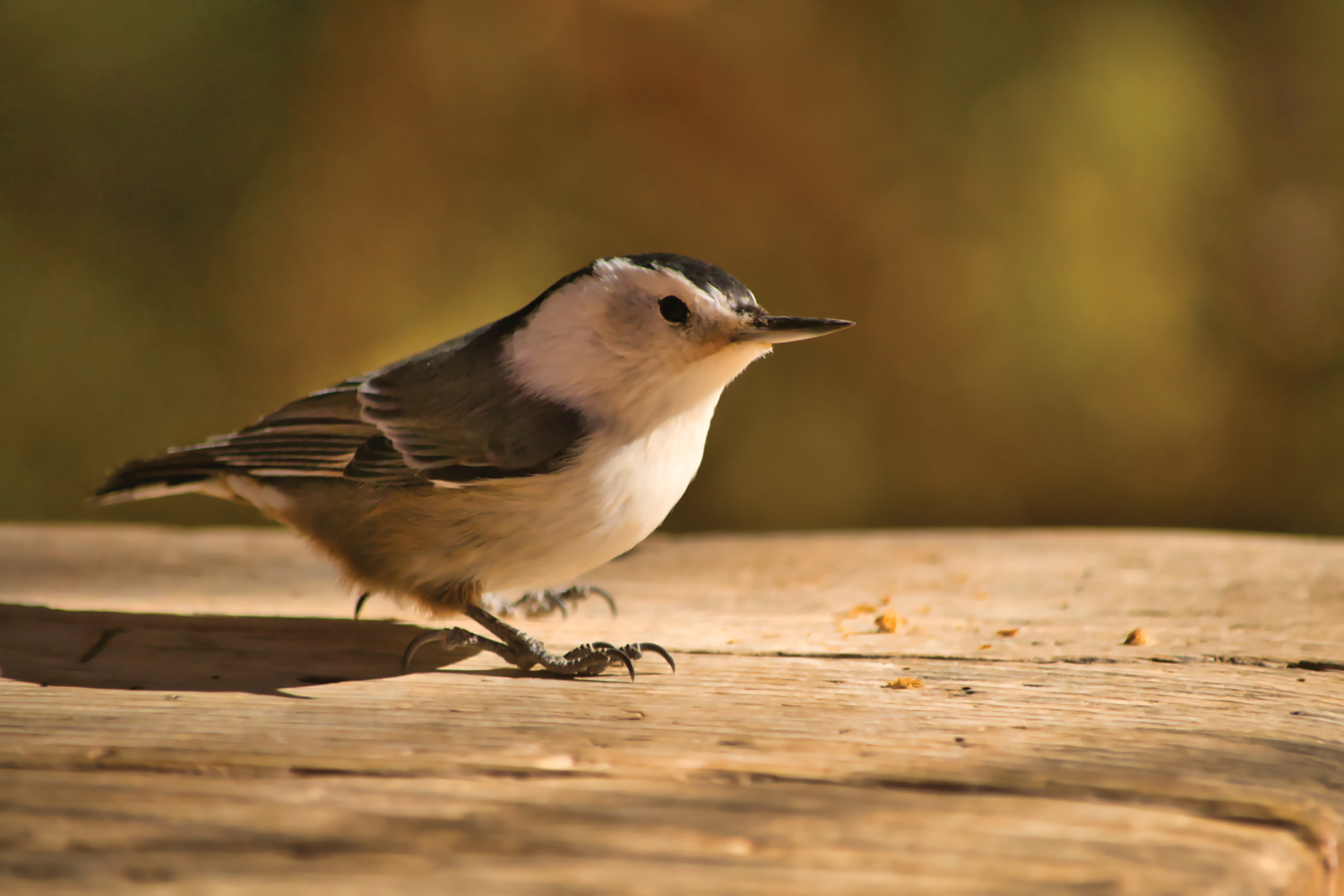
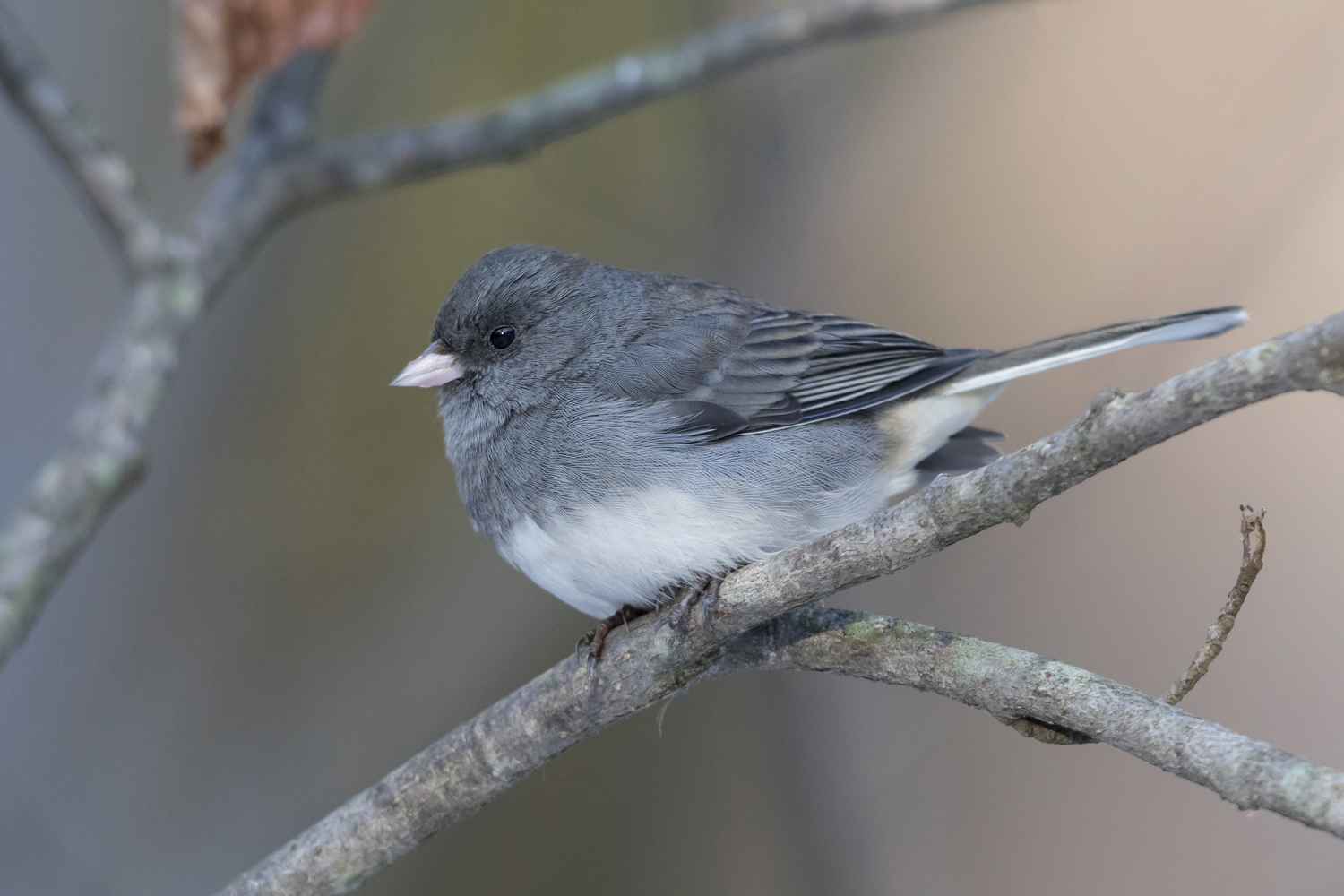
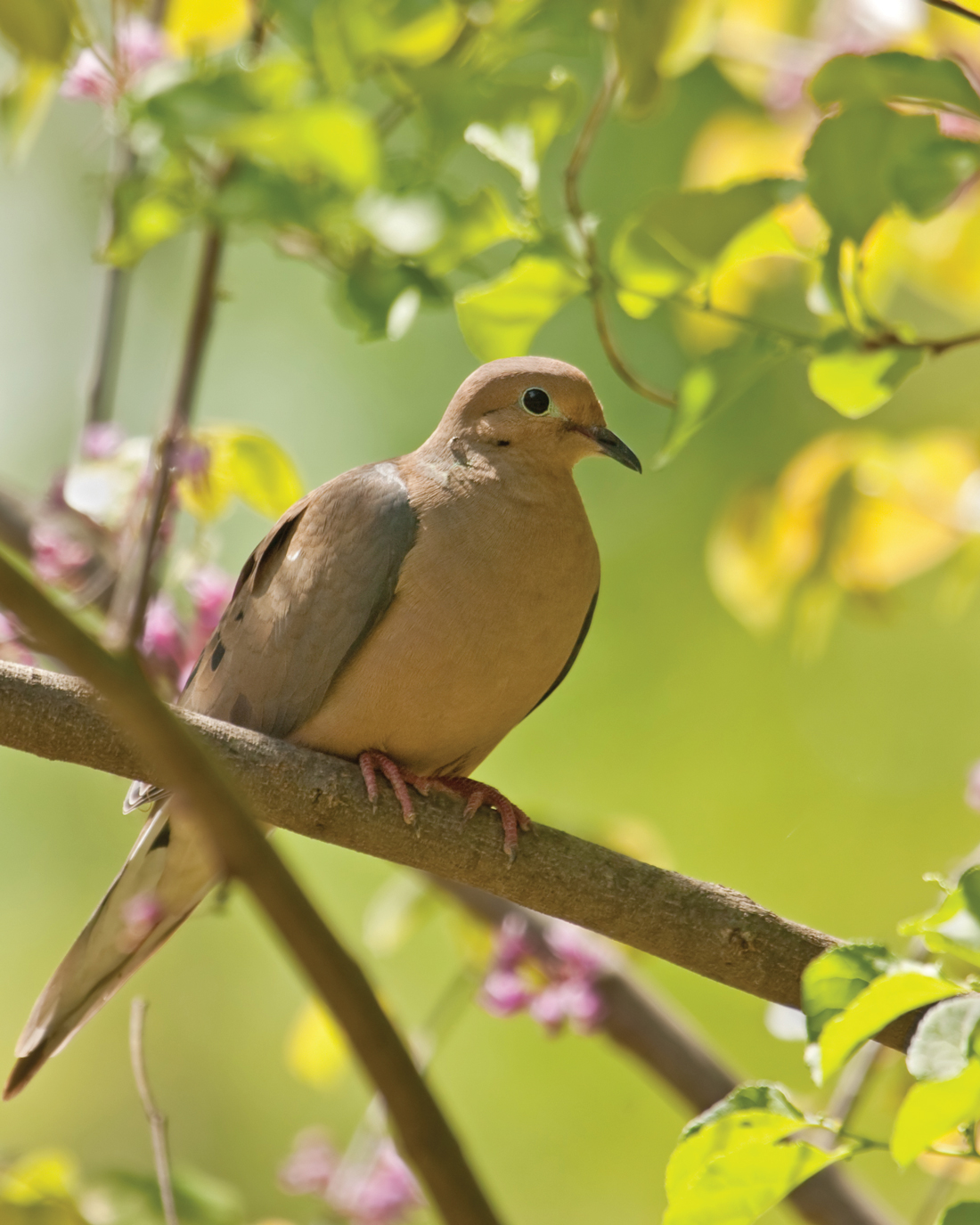
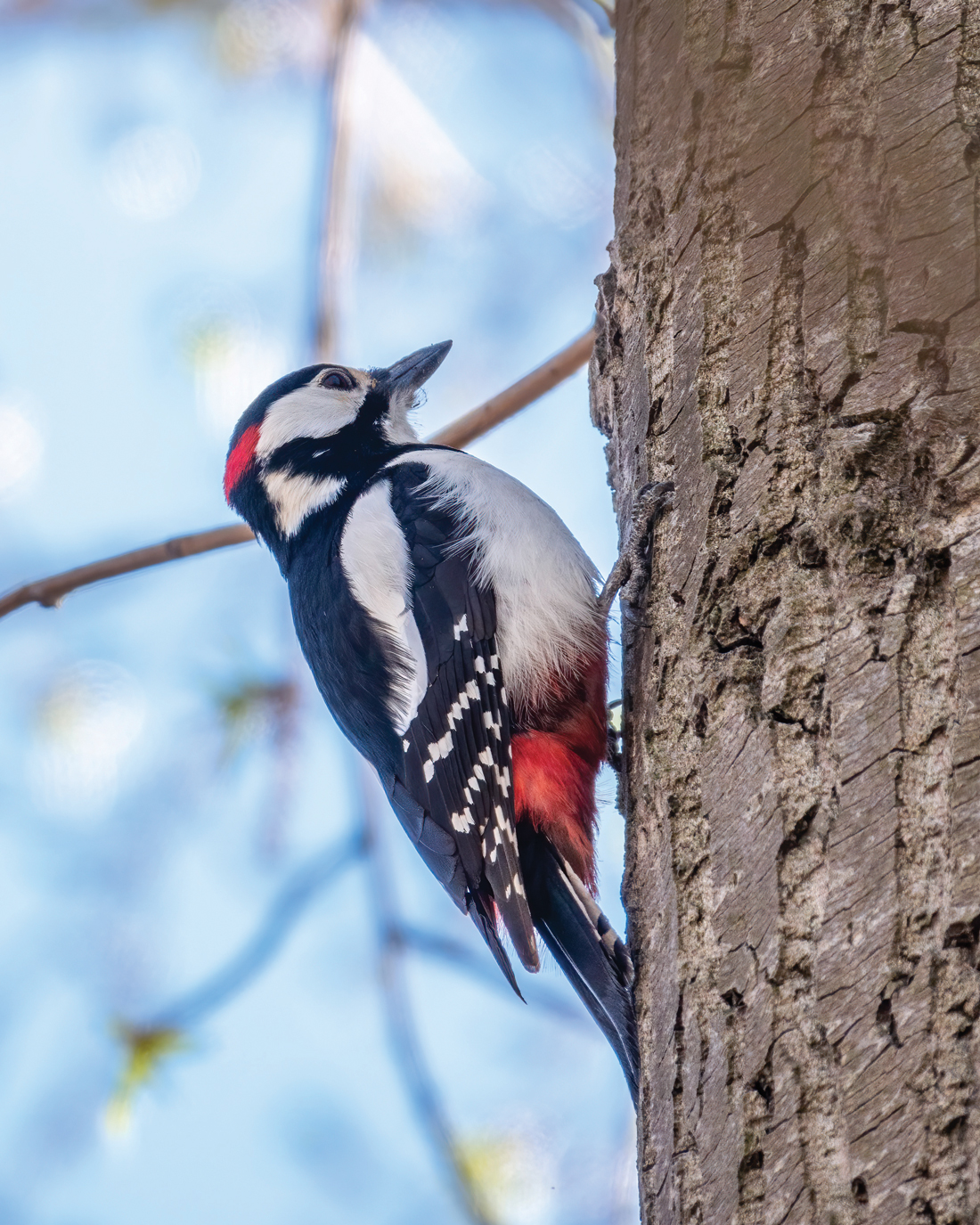
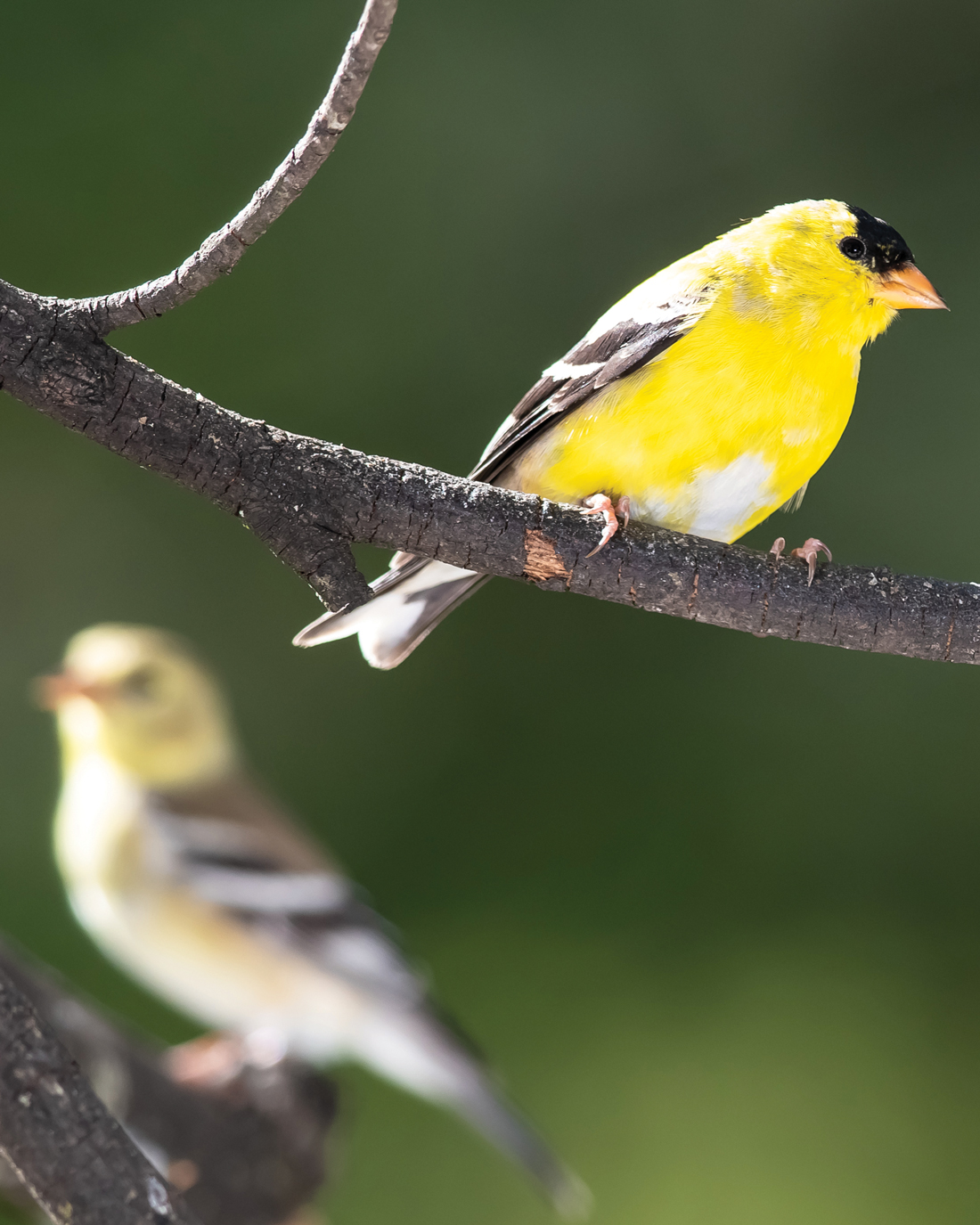

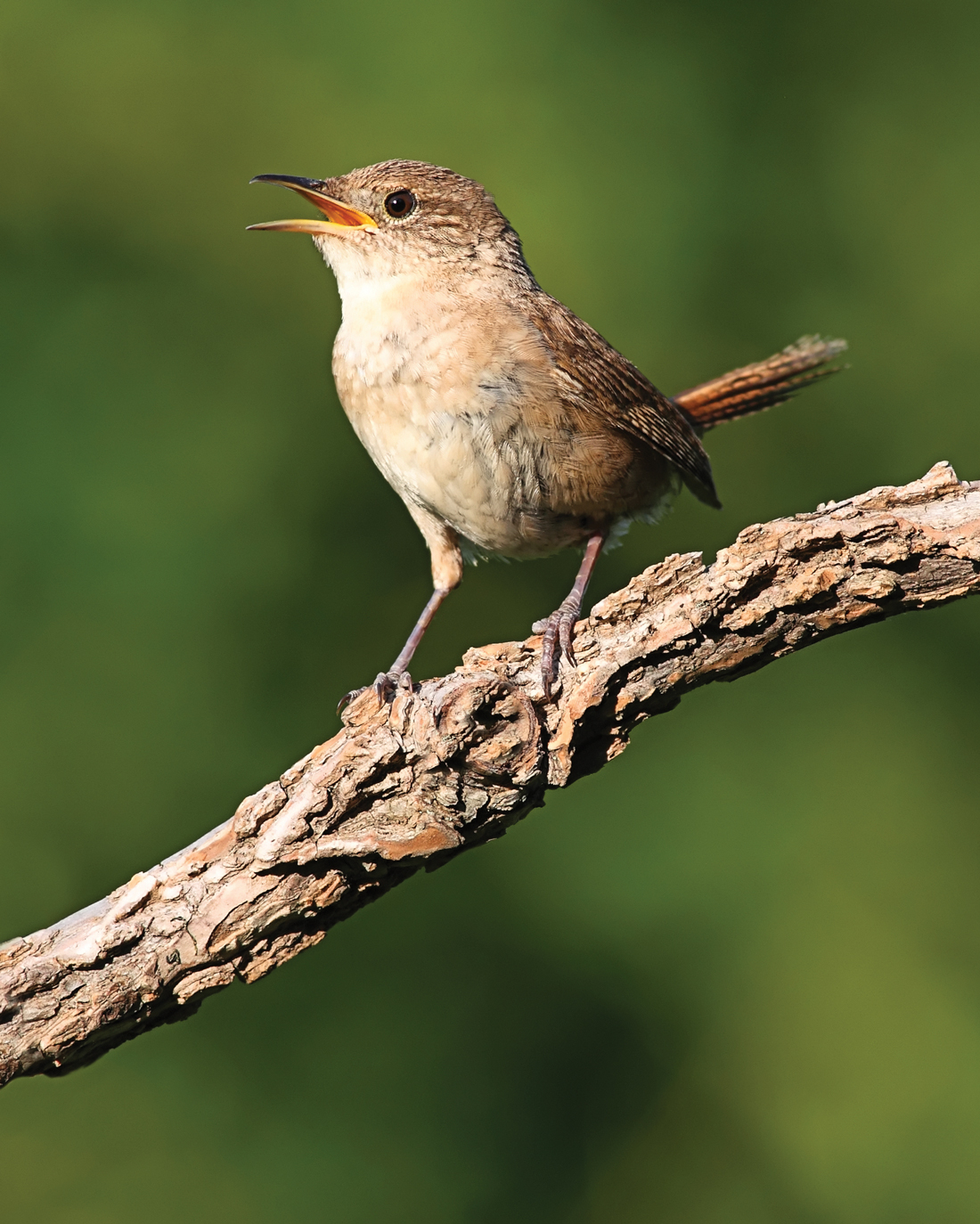
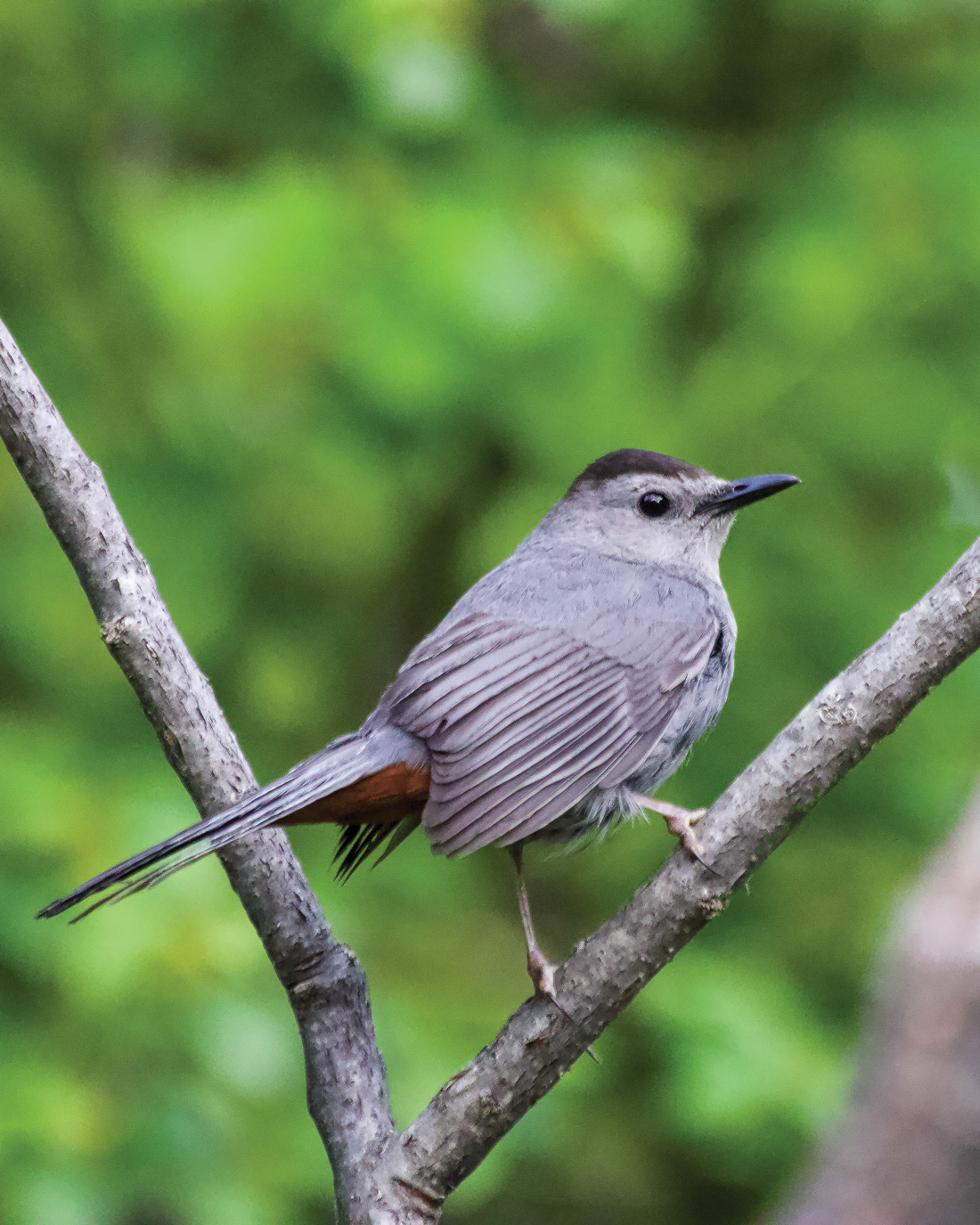
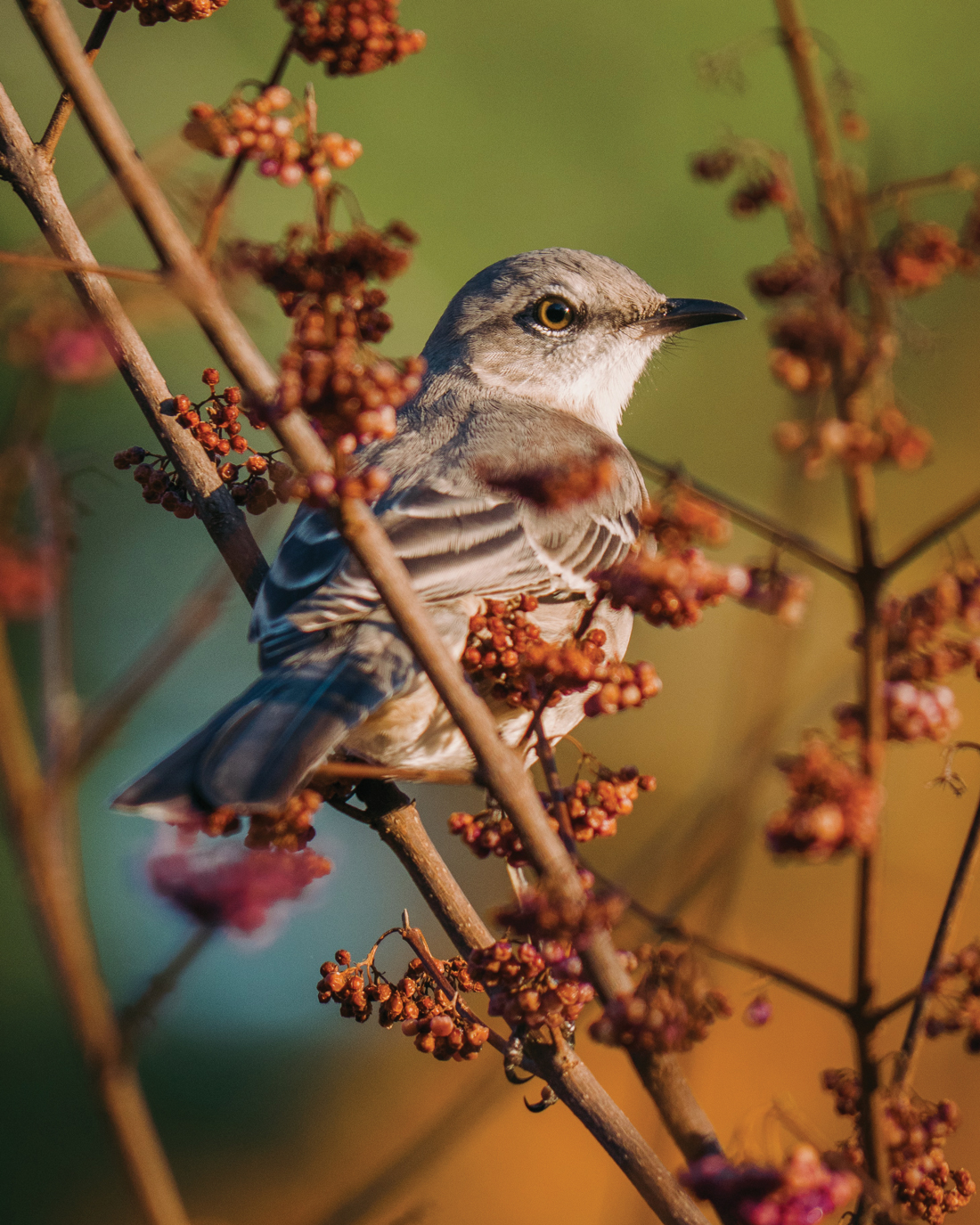
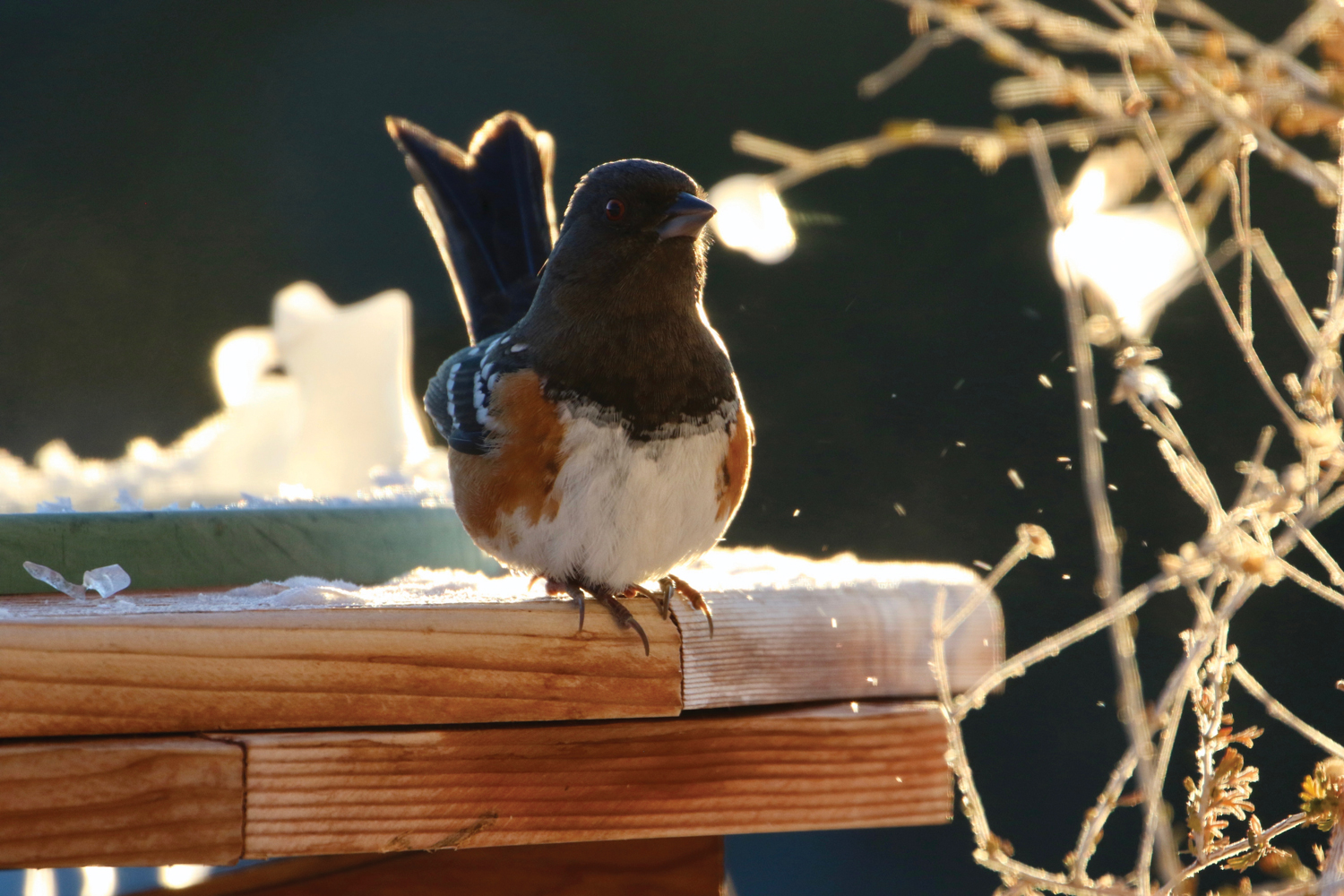
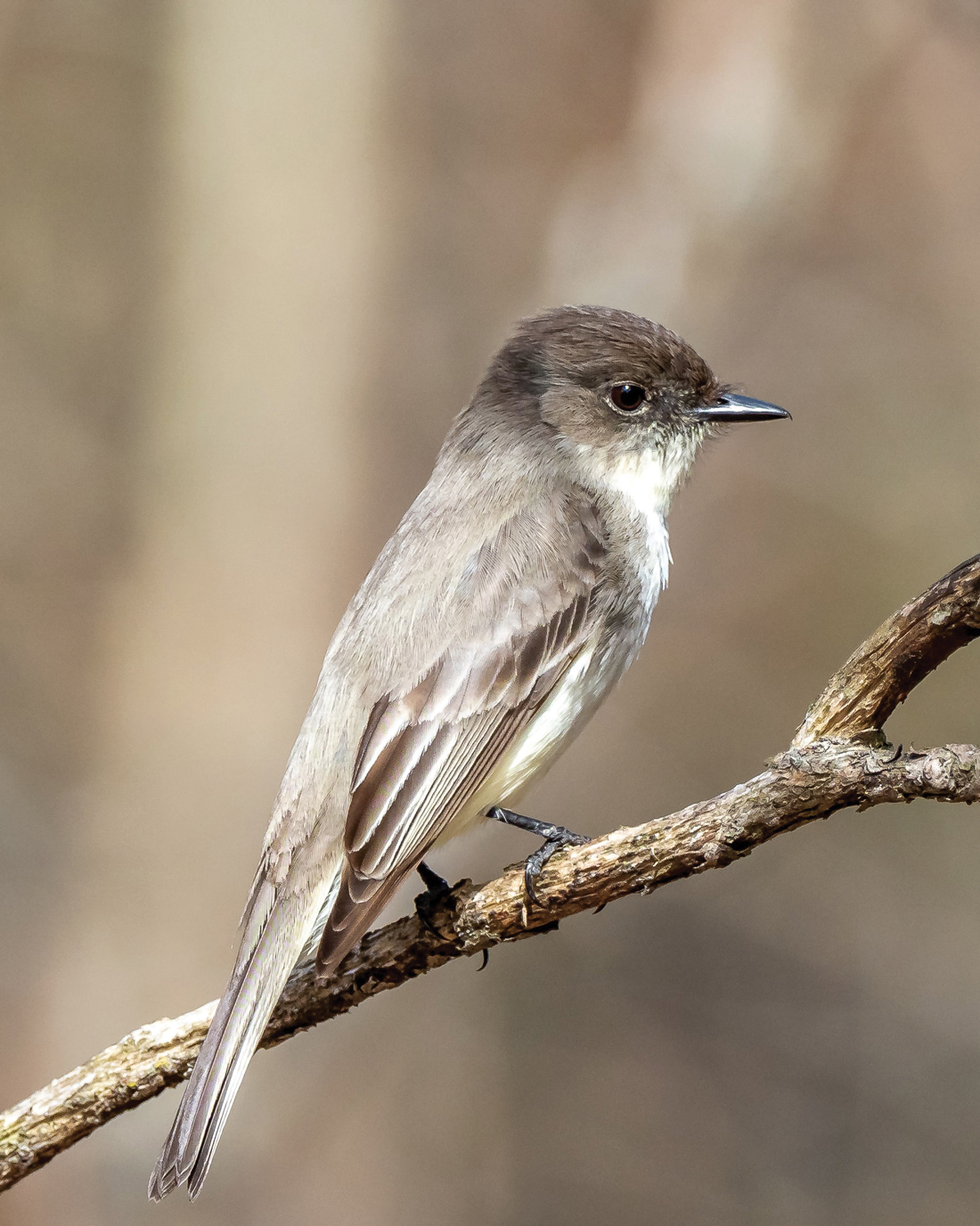
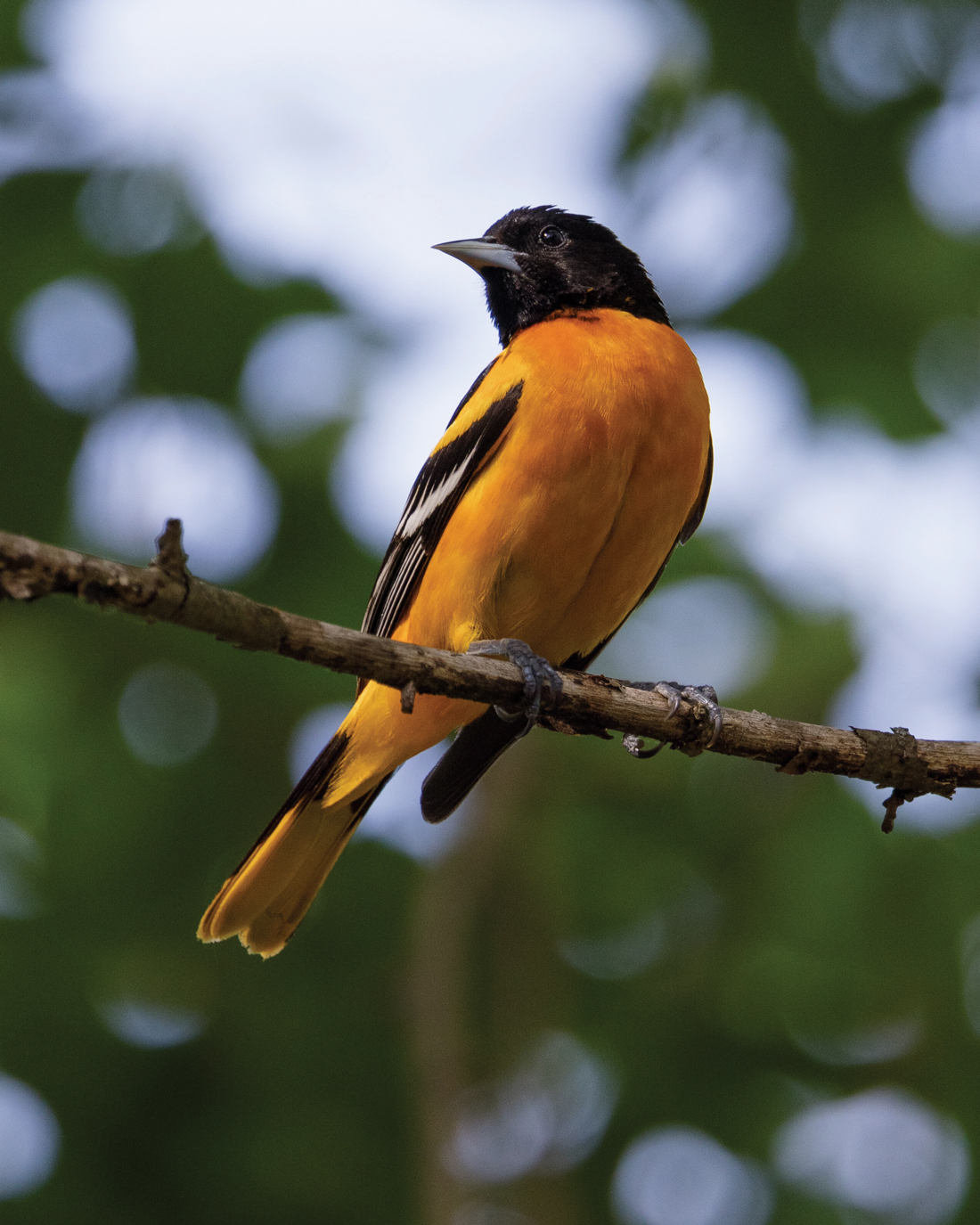
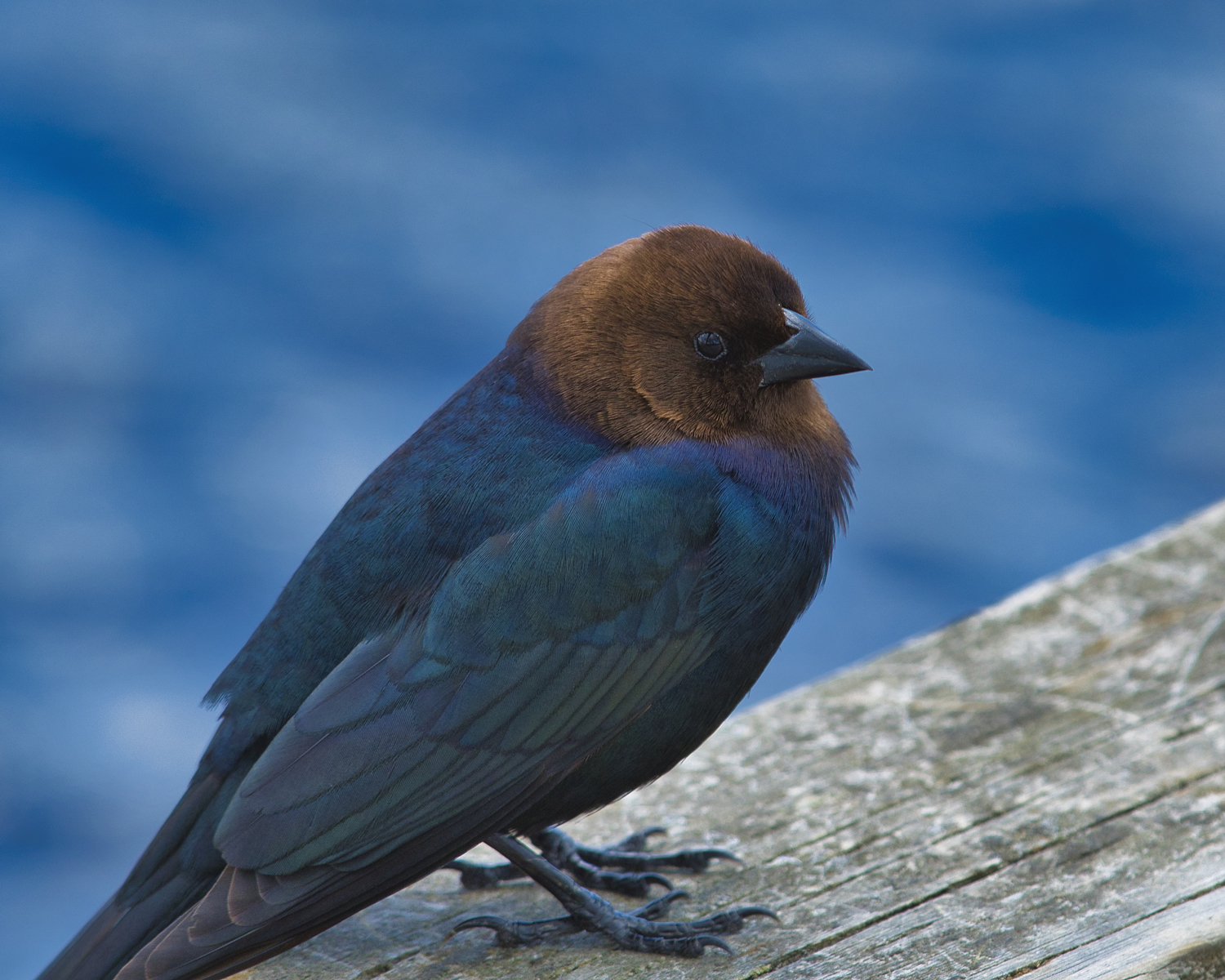
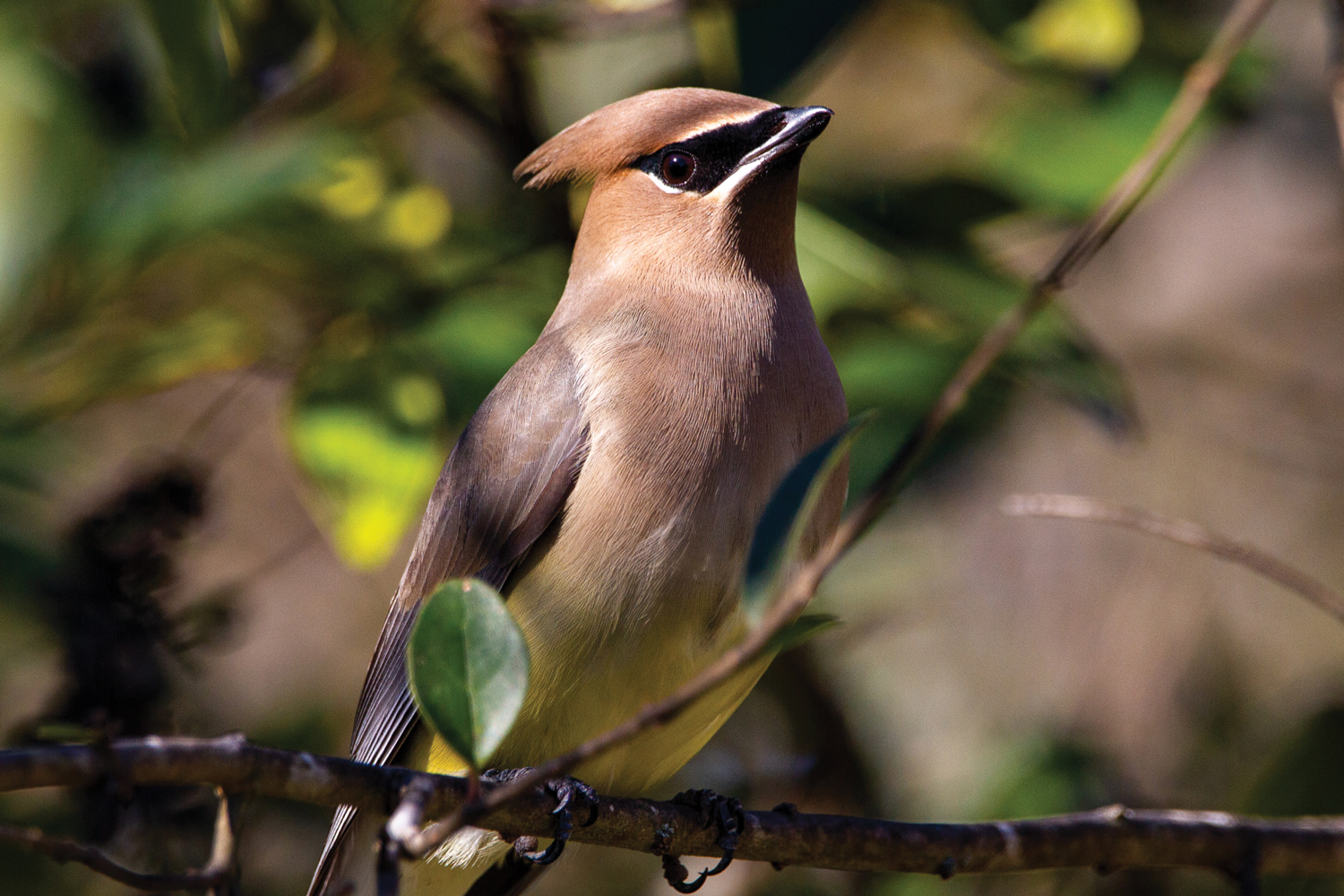
SHARE
PRINT